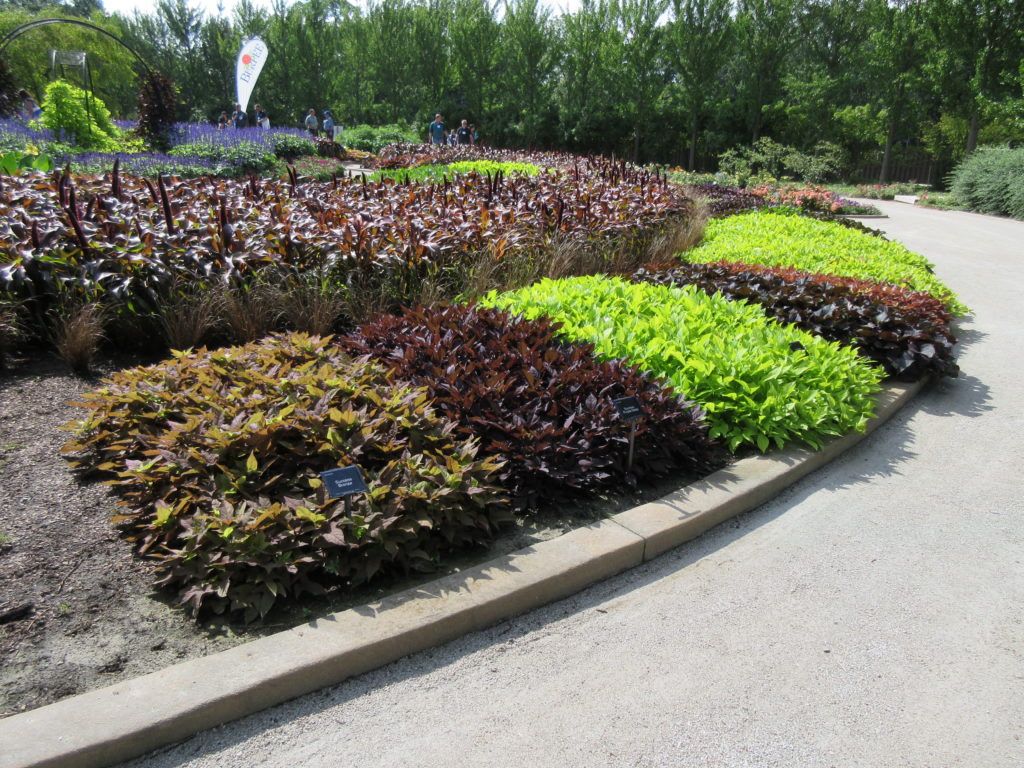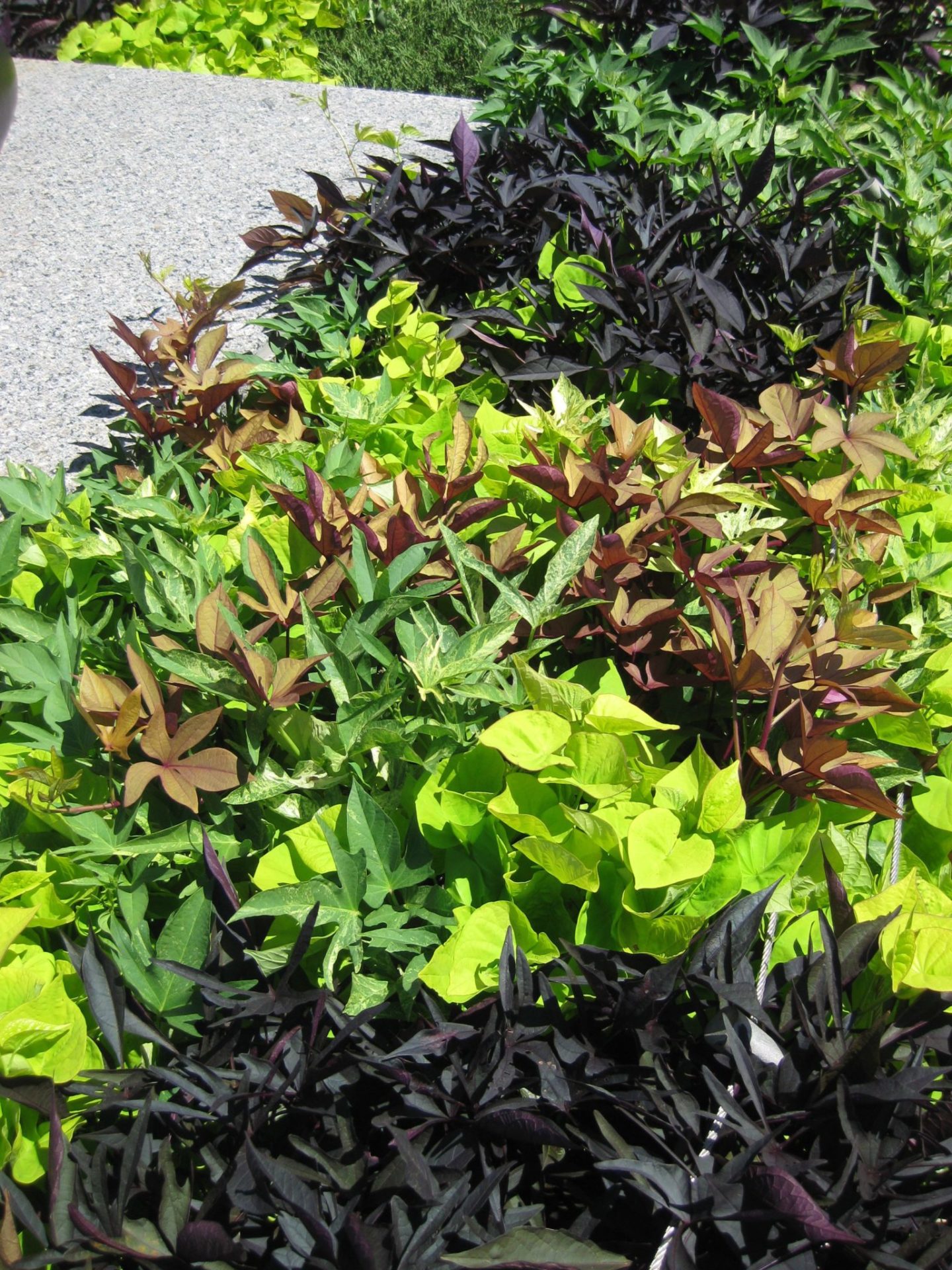
Colorful Sweet Potato Vine
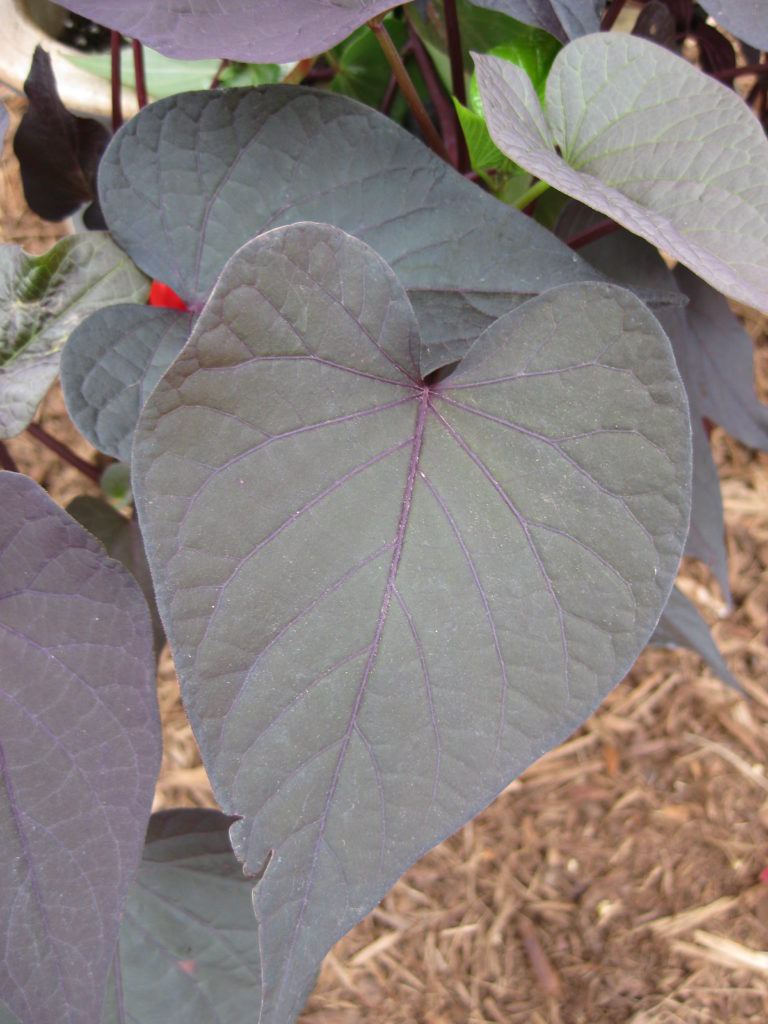
Colorful sweet potato vines (Ipomoea batatas) have long been used as a classic “spiller” in containers, baskets and along beds and borders. Their vigor, growth rate and impactful garden color has long been appreciated. I remember 20 years ago when there were primarily just five selections readily available. These selections include ‘Blackie’, ‘Margeurite’, ‘Ace of Spades’ (seen directly above), ‘Variegata’ and ‘Pink Frost’ (a pink variegated form also called ‘Tricolor’). We actually still use most of these classic varieties at the gardens but there are now dozens of selections out there that include superb coloration that is exploring many reddish, orange and bronze tones as well as finer textured (or bolder!) foliage. It’s important to note that these ornamental sweet potatoes are the same species as the edible selections (see directly below), however they haven’t been developed for productivity or flavor. The interest in the ornamental sweet potato vines is obviously in regards to the foliage as there are many excellent culinary selections out there for productivity and flavor in the vegetable garden. While the leaves of sweet potato vine are also edible, consider the texture and color the varieties seen in this blog can provide in various garden settings. I can’t even keep up with all the selections but am quite pleased with the bronze selections as well as the more compact forms that don’t become overly unruly with their neighbors in late summer. There are now some vining selections (see the SolarTower™ series further below) that have substantial merit in my mind. The three basic decisions in selecting a variety regards color, leaf texture and growth. What color do you want? Black, chartreuse/yellow, bronze/orange and much more is available now. For leaf texture, note the fine textured, cut-leaf forms versus the larger leaves…many of which are heart-shaped or have more prominent points to the wide leaf lobes. In regards to growth…do you want something that will really ramble and scramble or something a bit more compact and restrained? Now we can explore the two vining selections. I can’t wait to see what comes out in the near future but understand that this blog represents a fraction of what is out in the marketplace!
Preferring full sun (part sun is ok but the leaf color is not as intense unfortunately…) with rich, well drained soils, this plant benefits from fertilization and responds well to trimming (“editing”) as needed. As the summer heats up, this plant really starts filling out. While excess moisture can lead to some fugal or rot issues, unfortunately various critters (woodchucks, deer, Japanese beetles, etc.) additionally have a taste for the leaves which can certainly compromise the appearance of that foliage. Judicious monitoring of your plants and a quick response is required to address these concerns and while there are chemical avenues to combat this damage, this blog is not intended to promote those approaches…just to mention that they exist. At the gardens, we know we’ll see some damage but usually the growth rate of this vibrant plant quickly disguises and overgrows damage. We are never shy about lightly or brazenly cutting back sweet potato vines for lush new growth and/or a more compact size. There are ways to dig and store the tubers in fall for use the following season. This process is similar to how dahlias and cannas are processed (easily researched!). Explore the exciting range of opportunities for this popular seasonal plant!
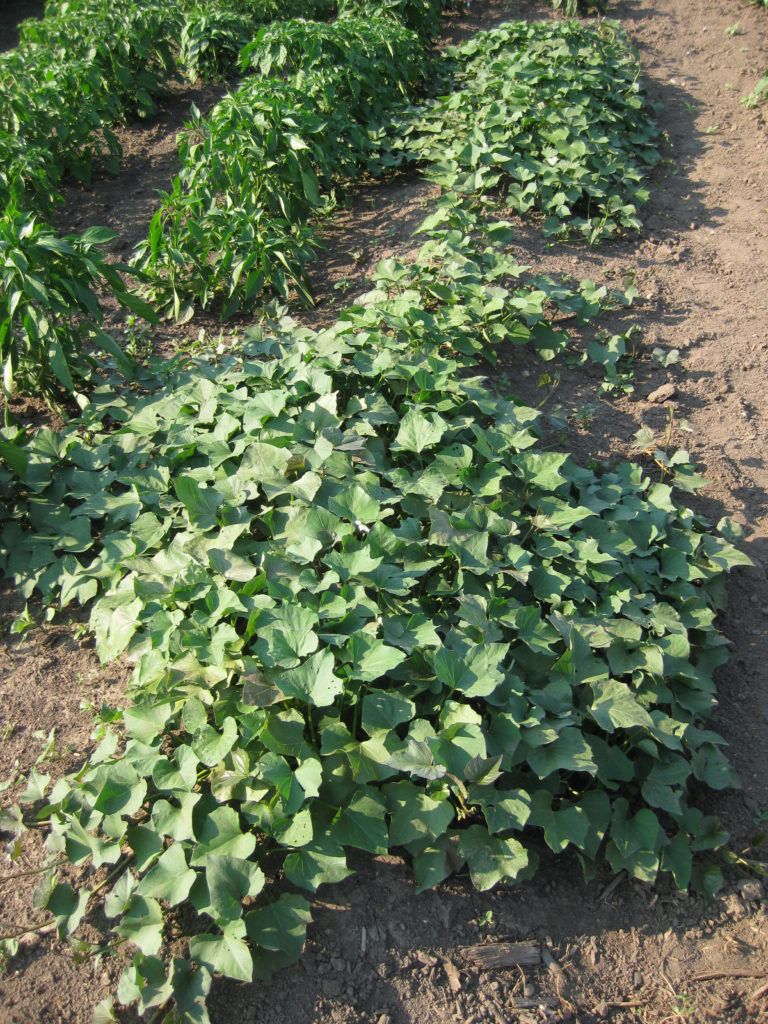
traditional sweet potatoes can be seen above and the flowers (not overly common) are below (and gorgeous!)
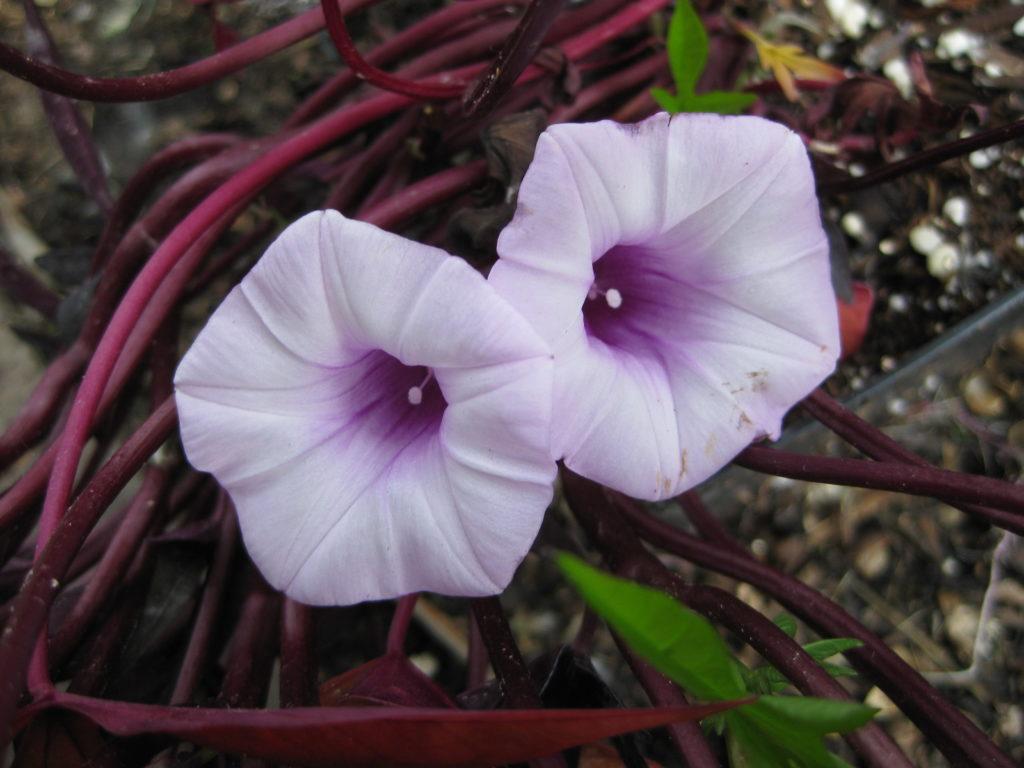
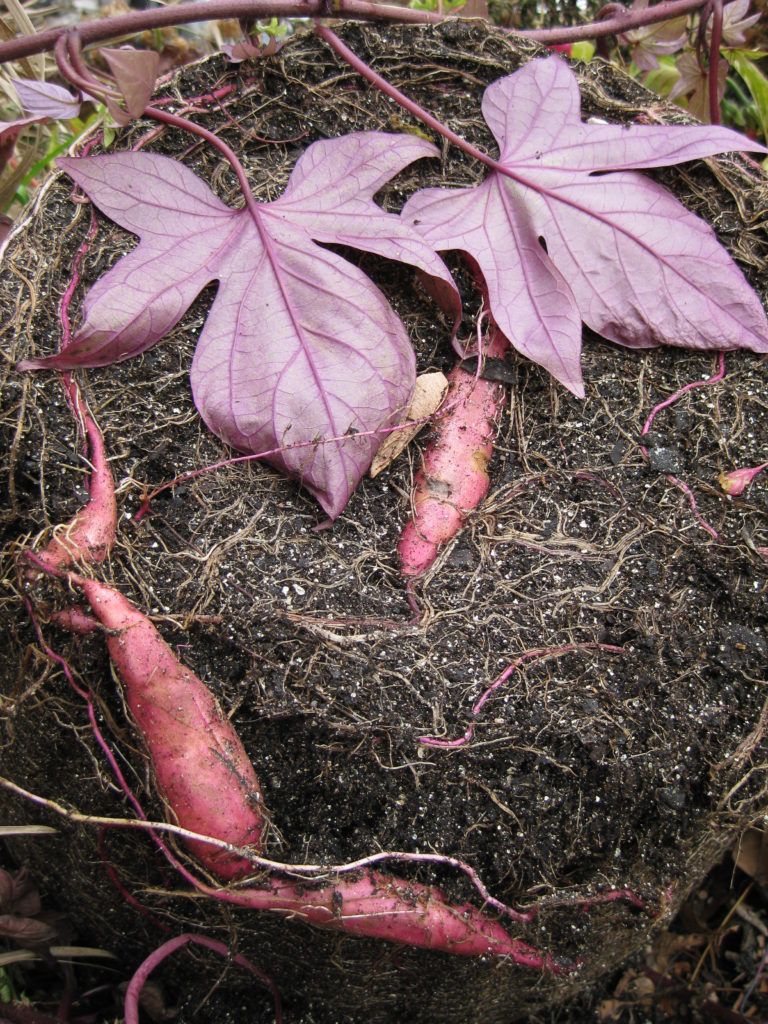
these ornamental forms do form tubers but they are not bred for taste (as nice as they look below!)
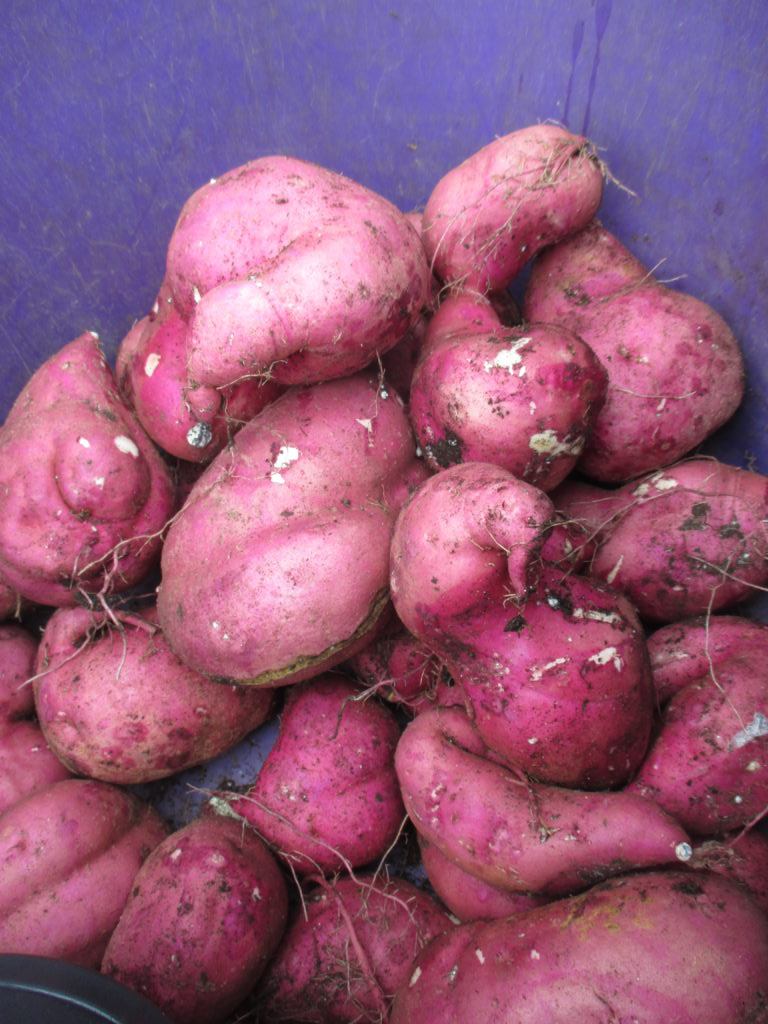
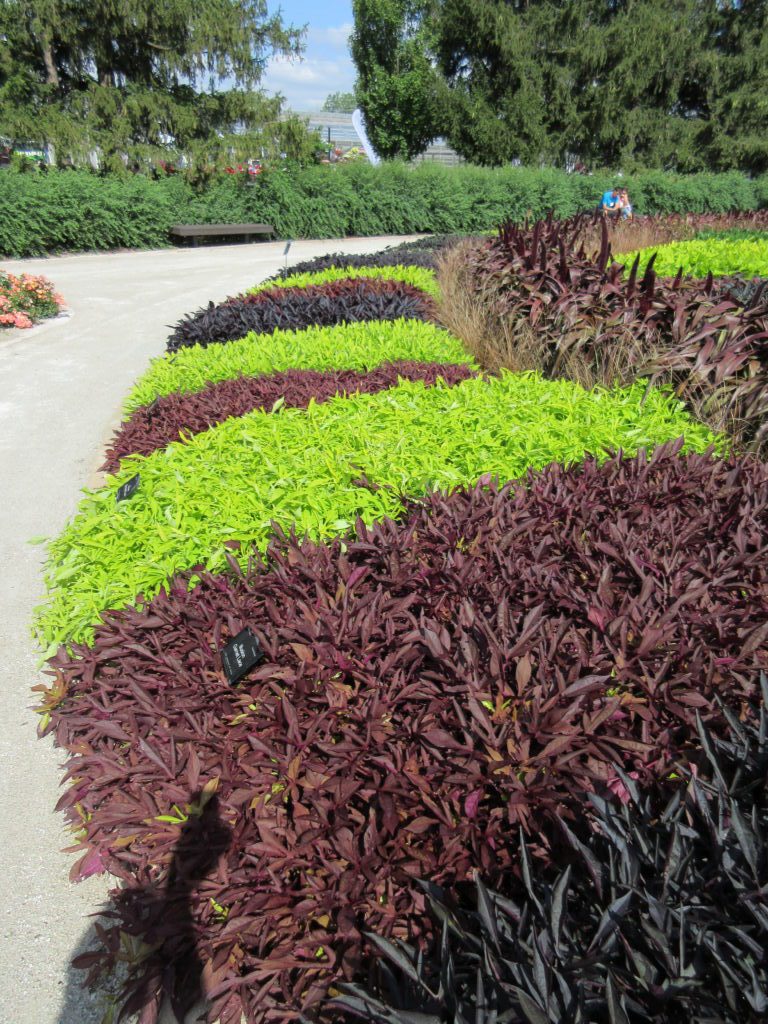
sweet potato display at The Gardens at Ball (West Chicago, Illinois, USA) – above
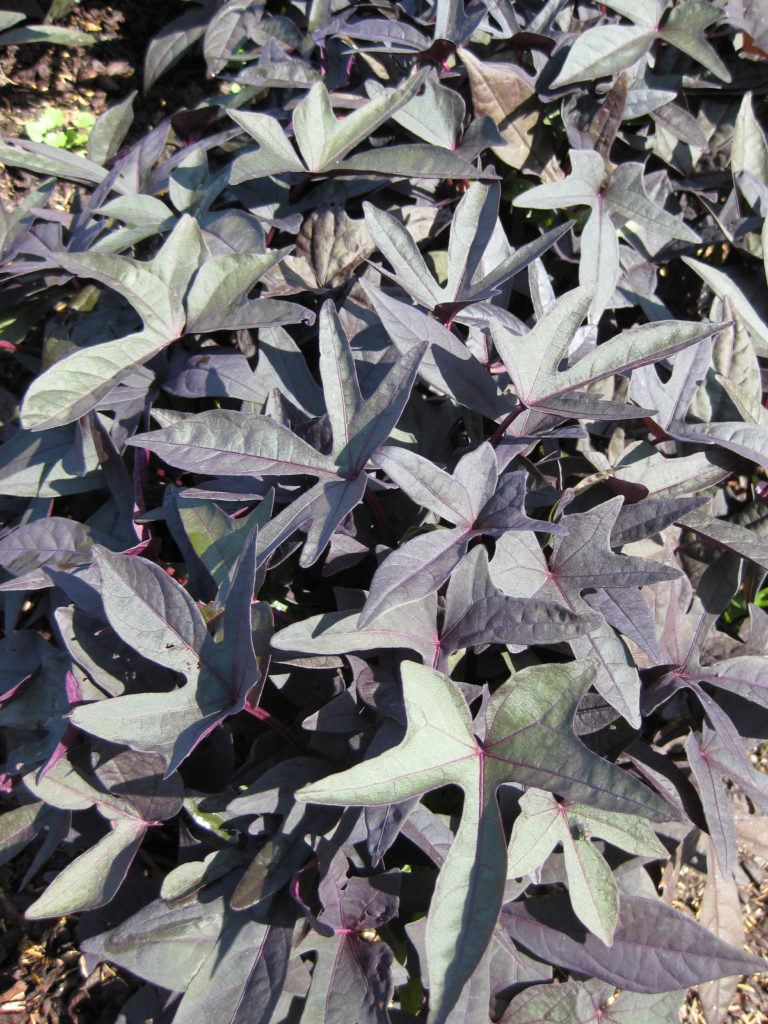
Chillin® ‘Blackberry Star’ (above)
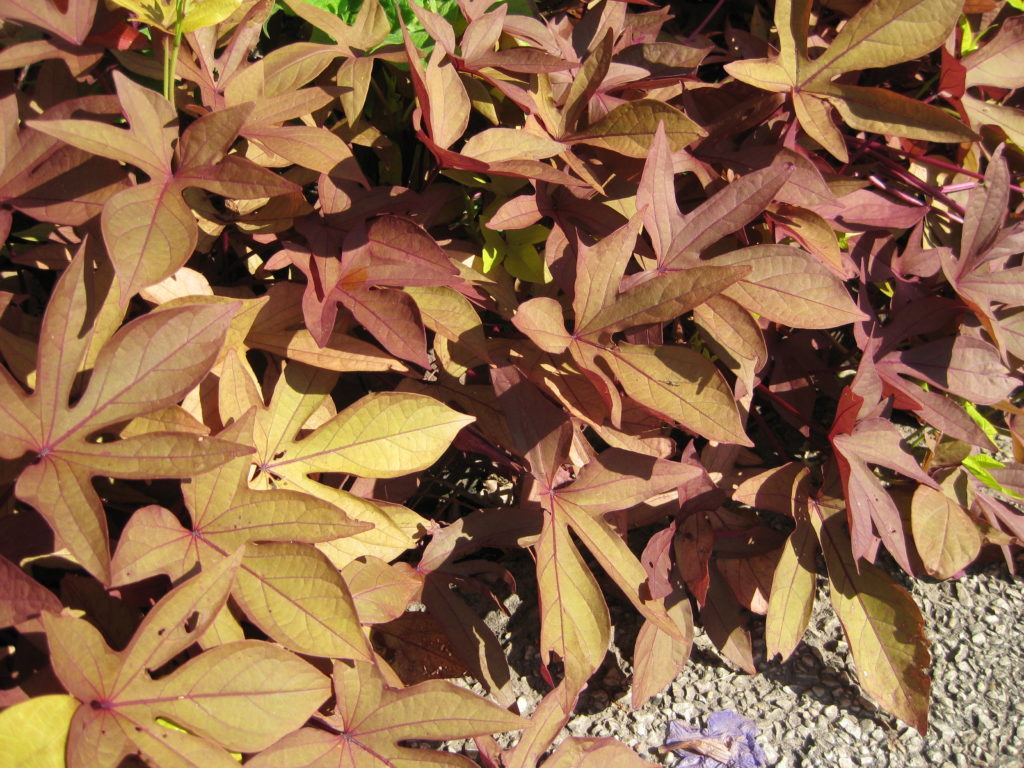
Sweet Caroline™ Bronze (above)
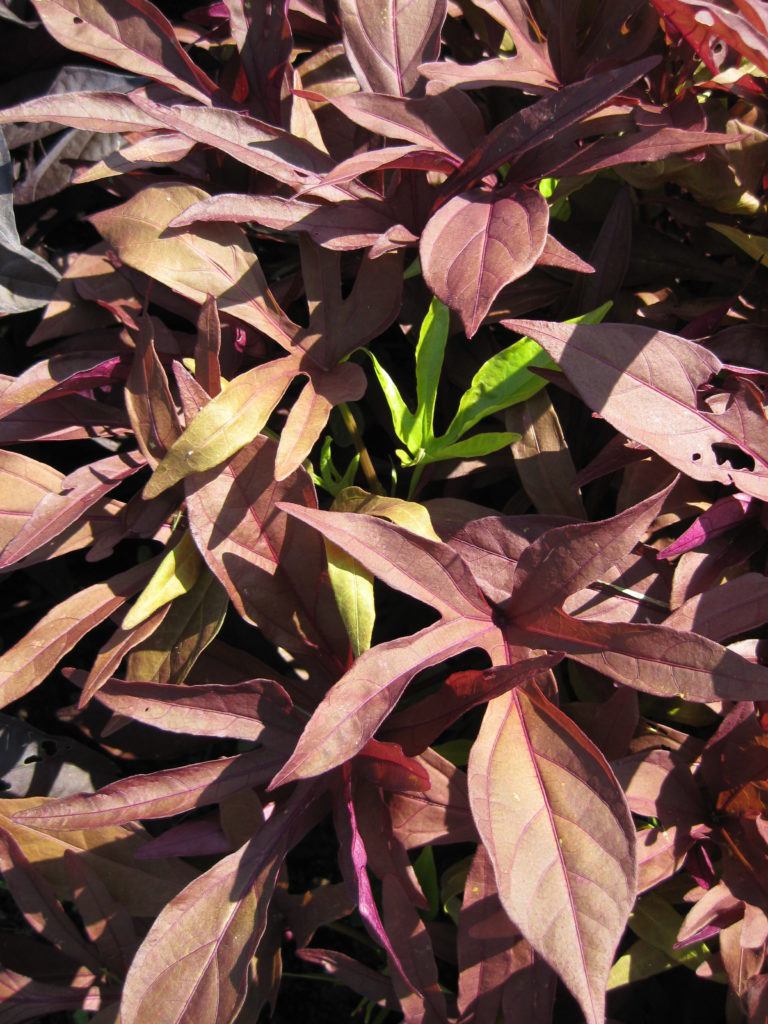
Illusion® Garnet Lace (‘NCORNSP-013GNLC’) – above
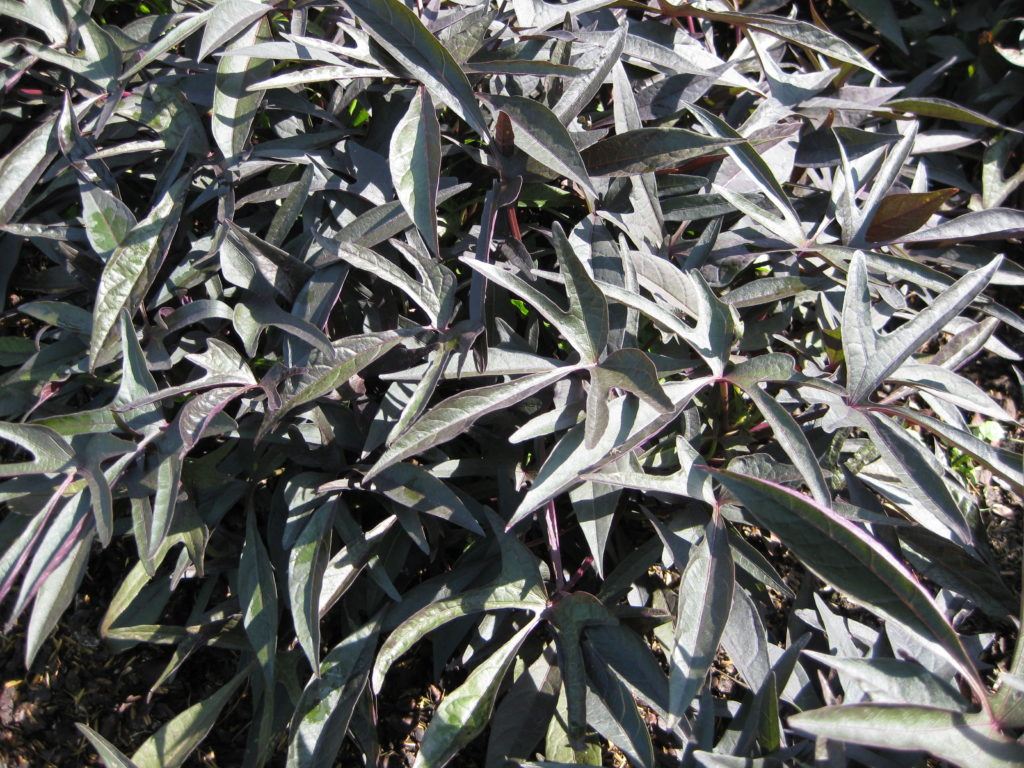
‘Gypsy Black Lace’ (above)
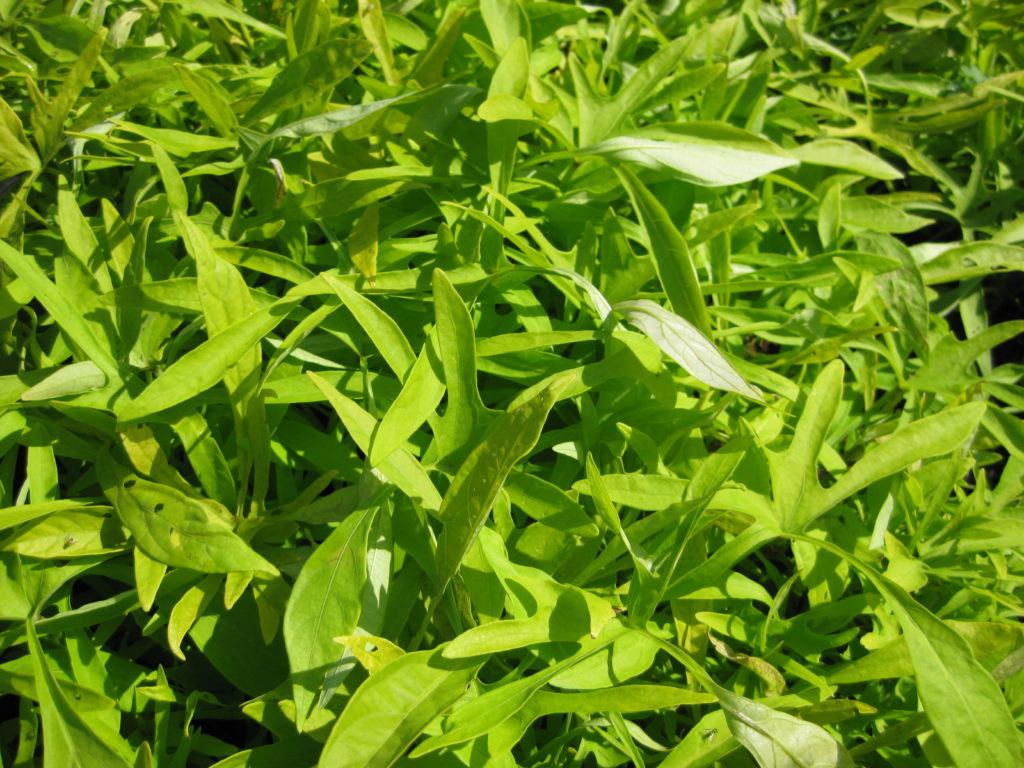
‘Gypsy Lime Lace’ (above)
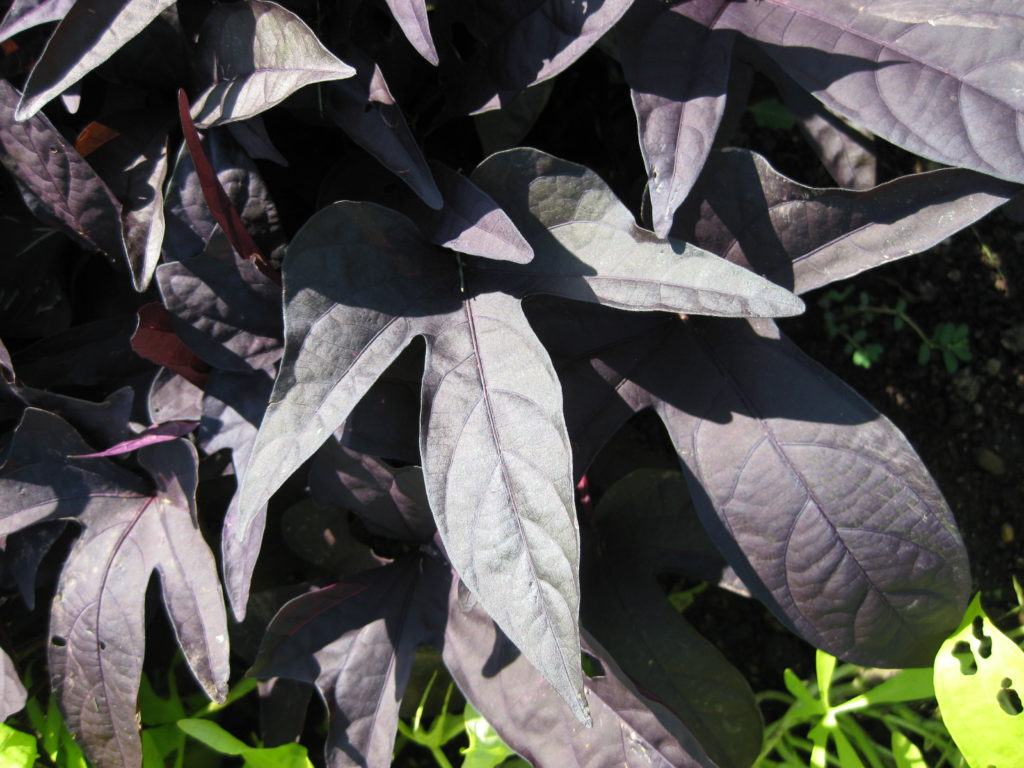
Sweet Caroline™ Raven (‘NCORNSP-024SCRI’) – above
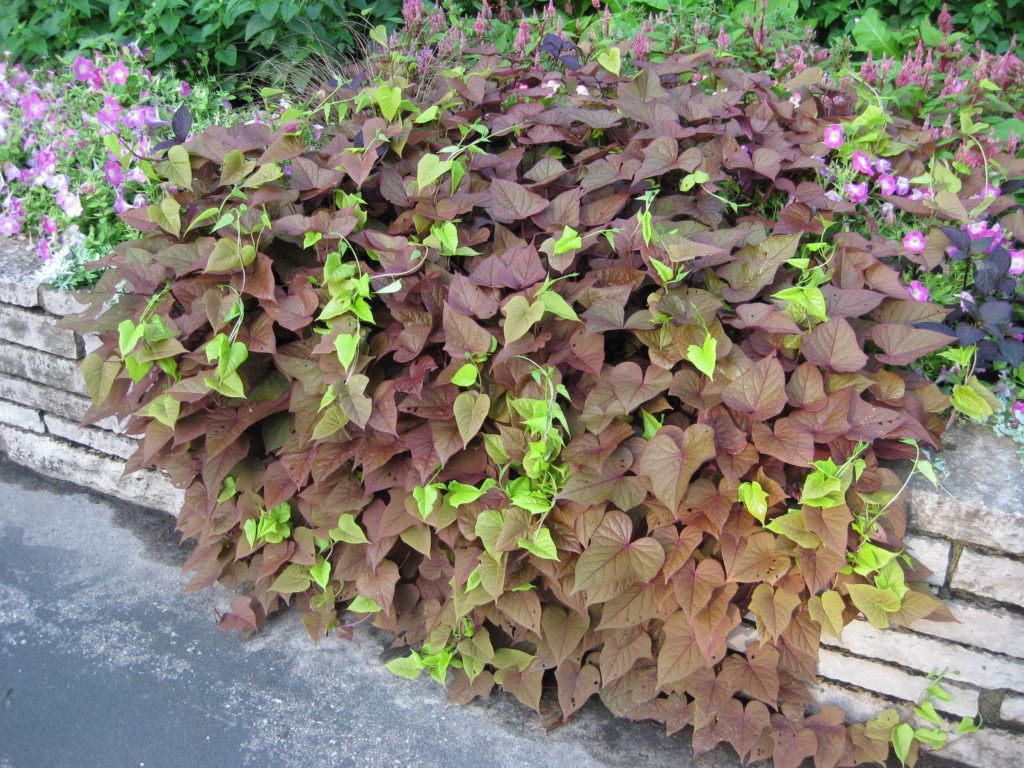
Sweet Caroline™ Red (above)
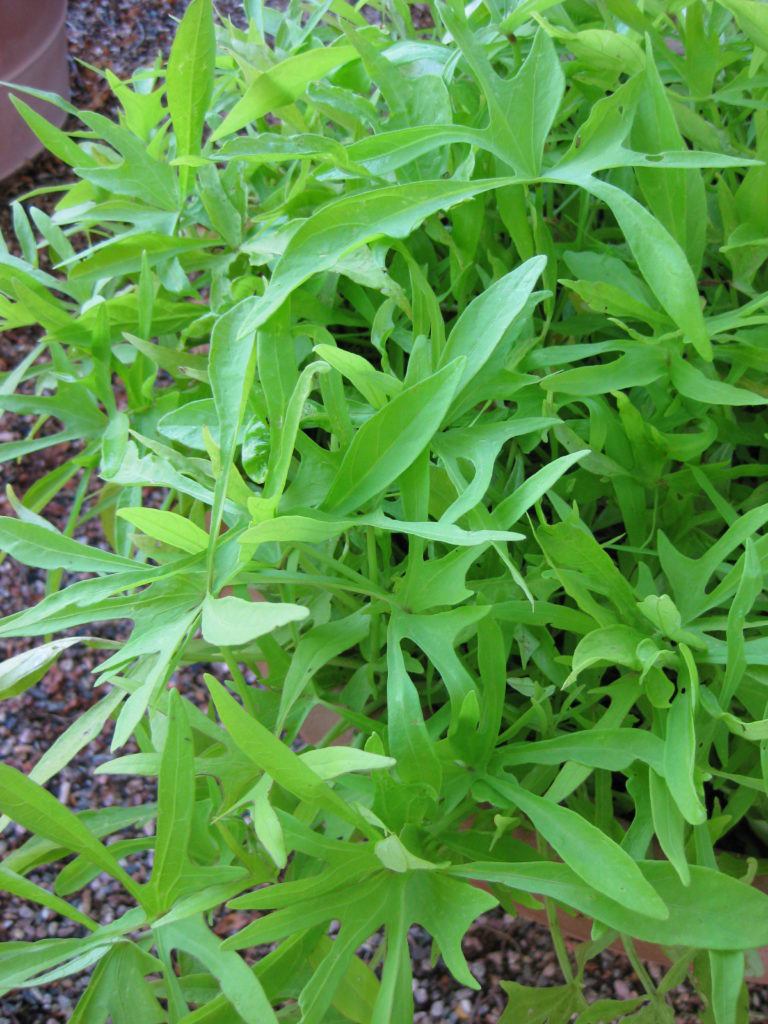
‘Sweet Talk Light Green’ (above)
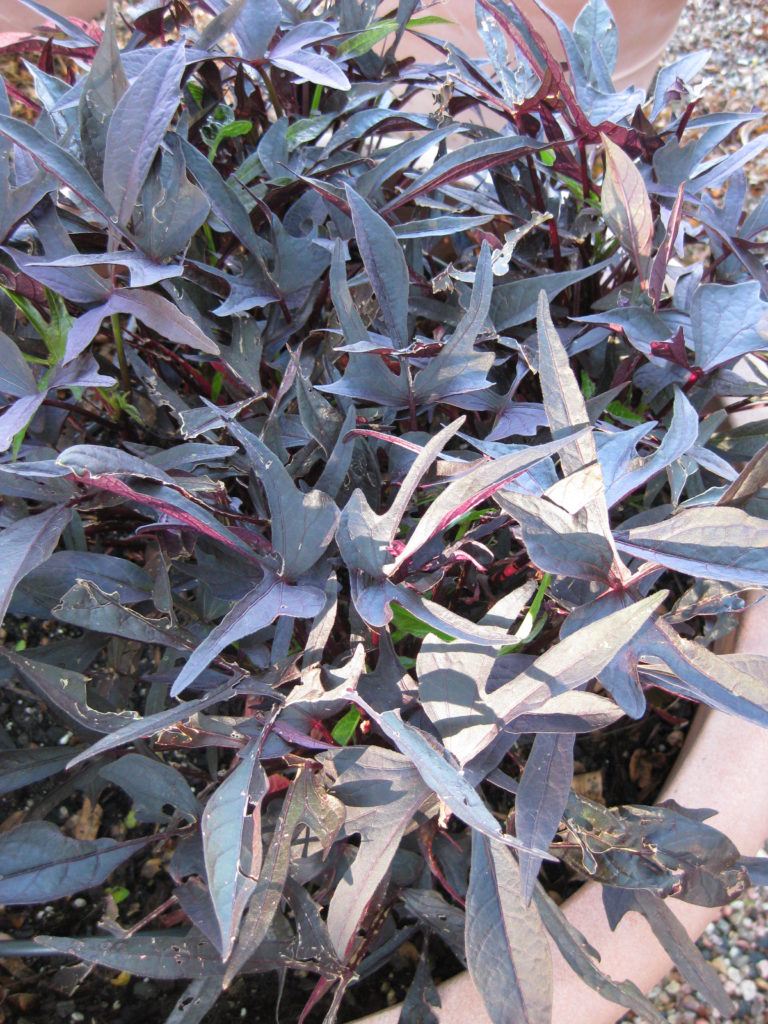
‘Sweet Talk Purple’ (above)
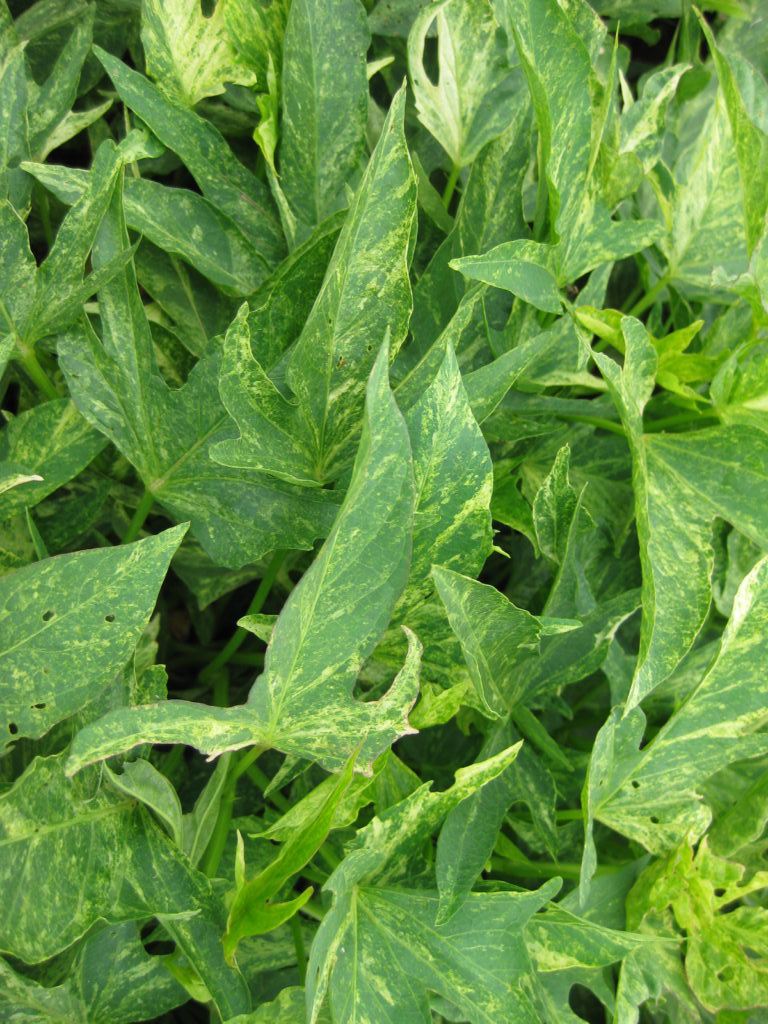
Sweet Caroline™ Green Yellow (above)
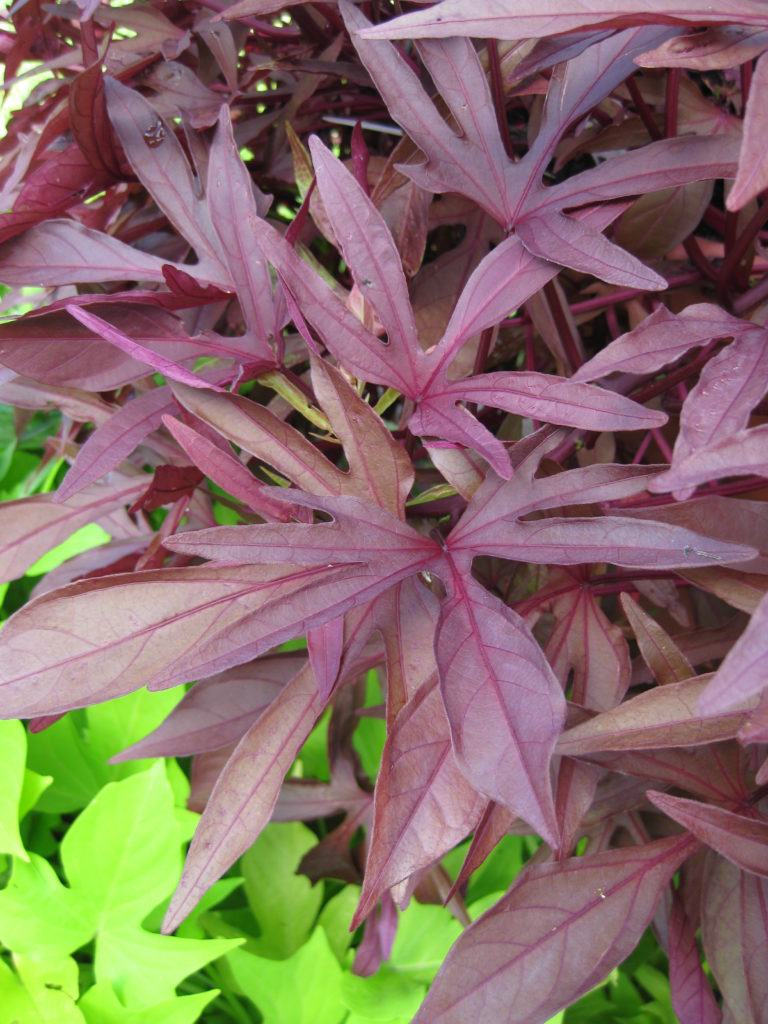
Illusion® Garnet Lace (‘NCORNSP-013GNLC’) – above
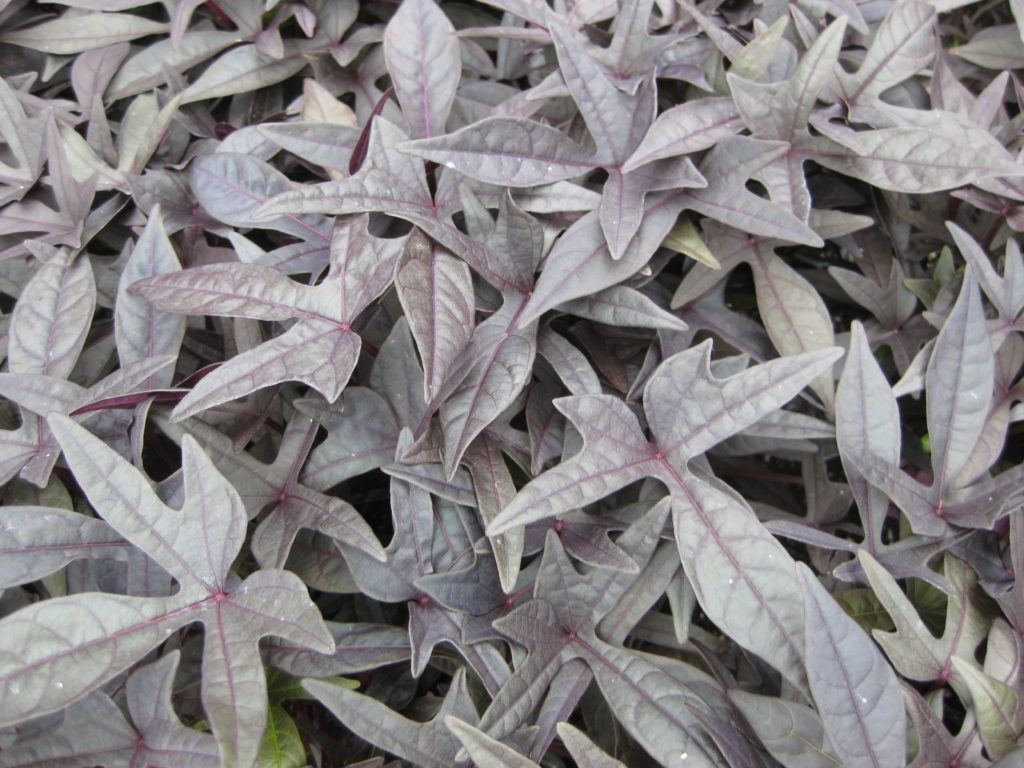
Sidekick™ Black (above)
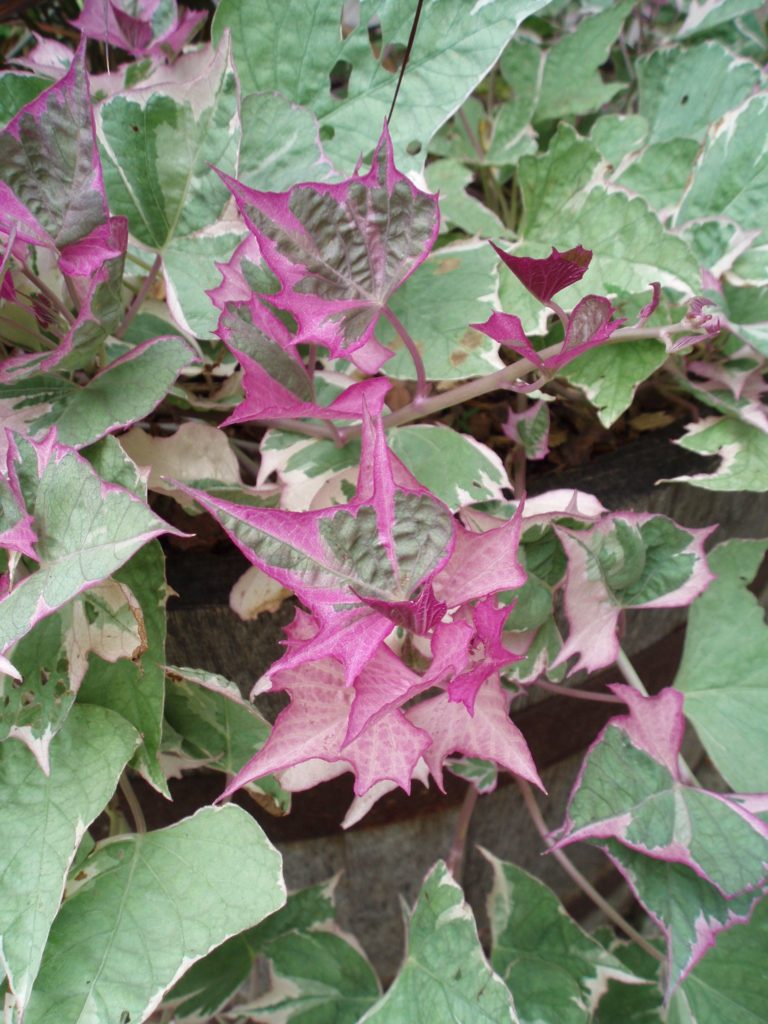
‘Pink Frost’ (or ‘Tricolor’) – above
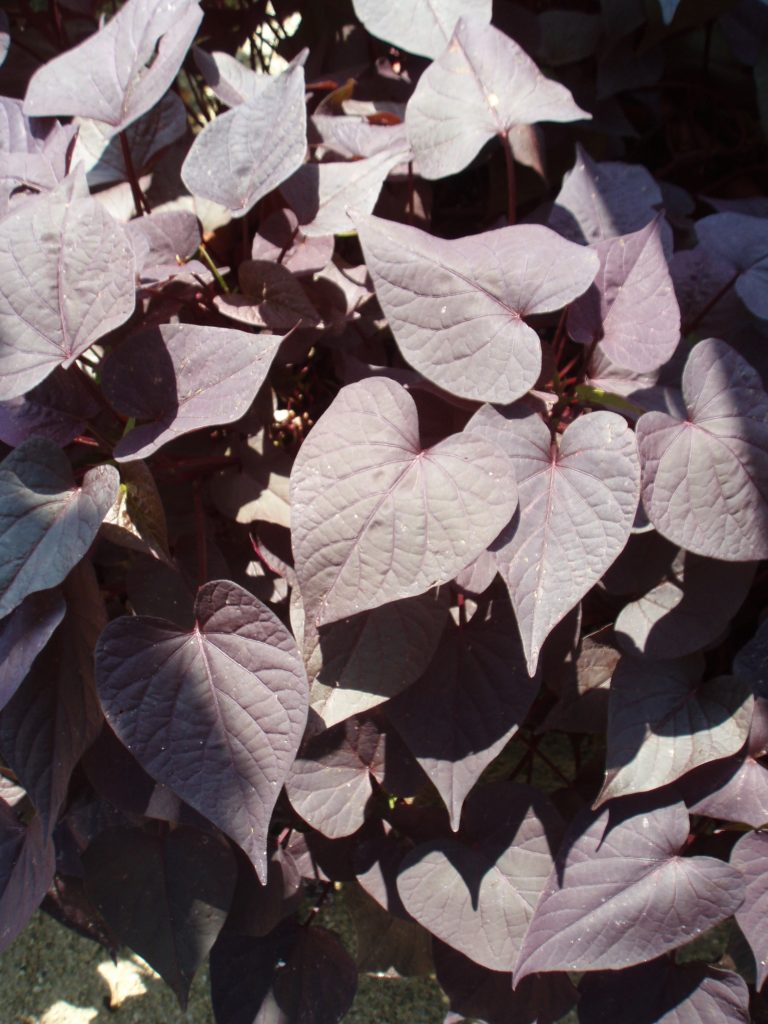
Sidekick™ Black Heart (above)
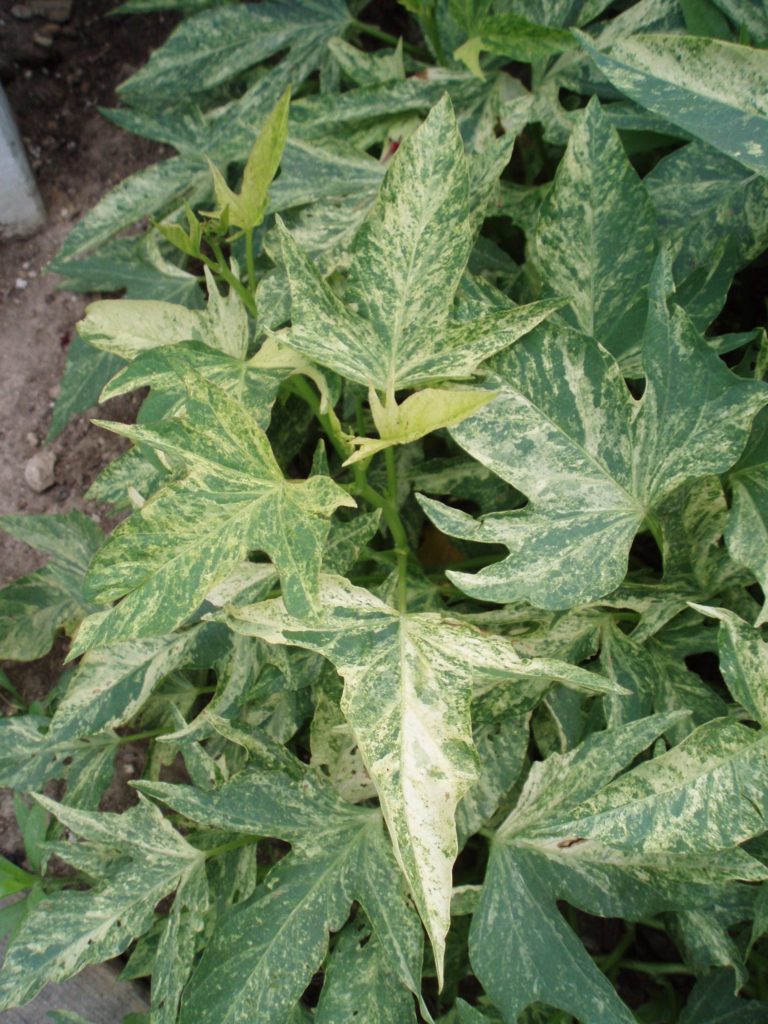
‘Variegata’ (above)
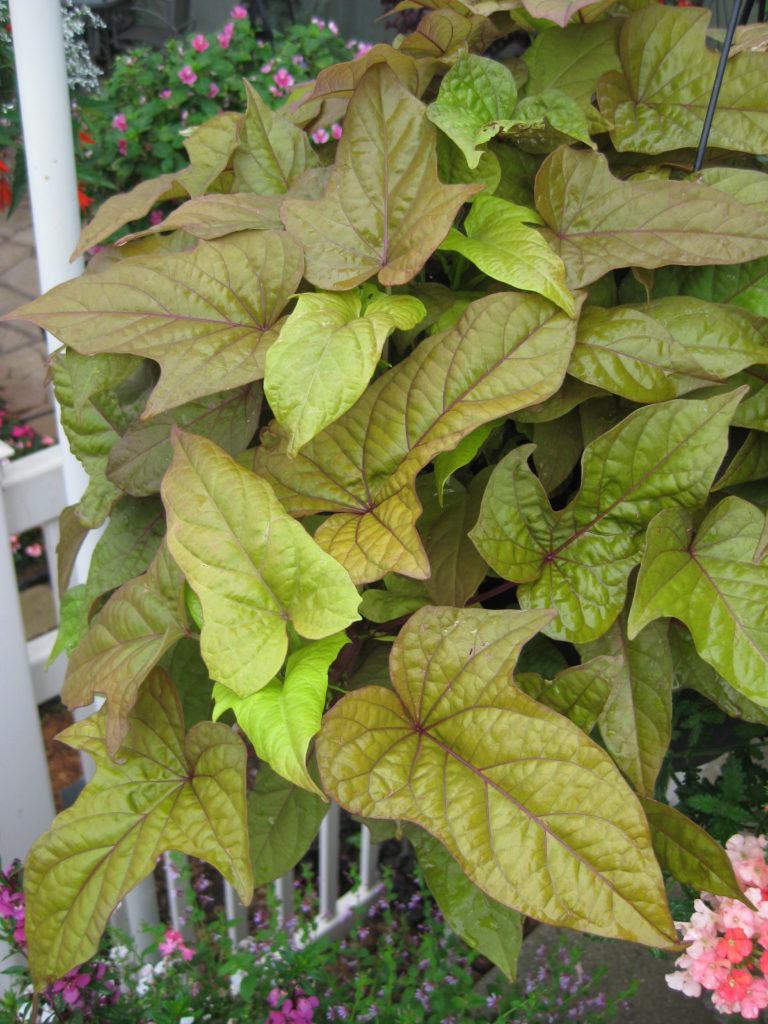
‘Bright Lights Bronze’ (above)
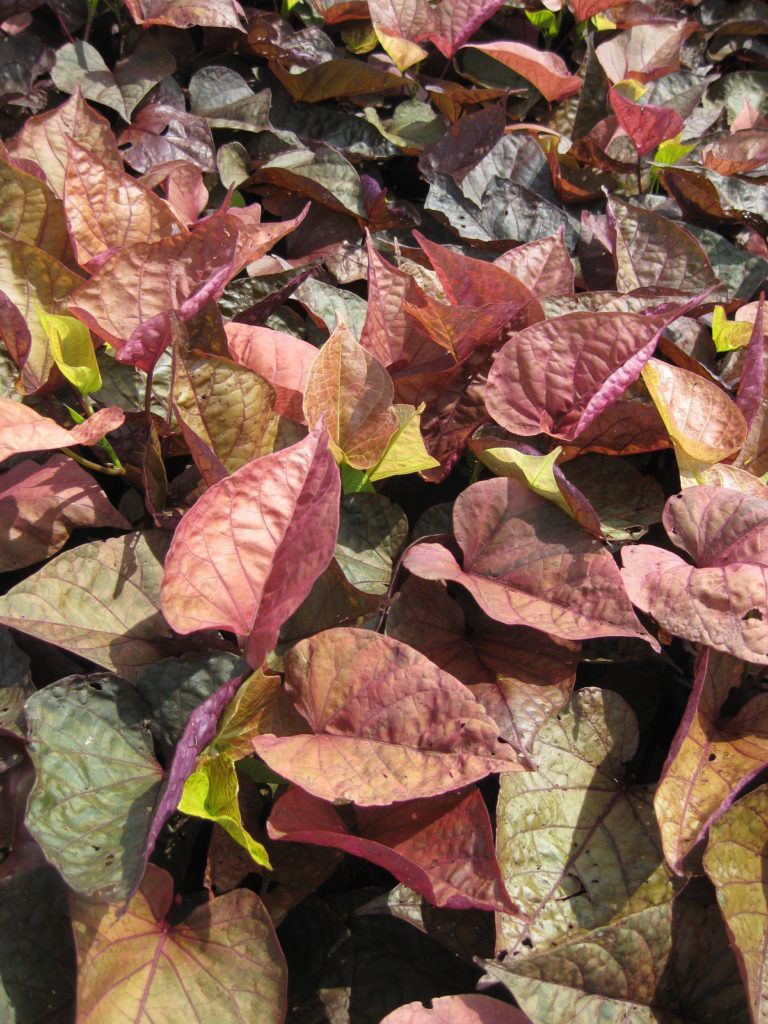
‘Mardis Gras’ (above and below)
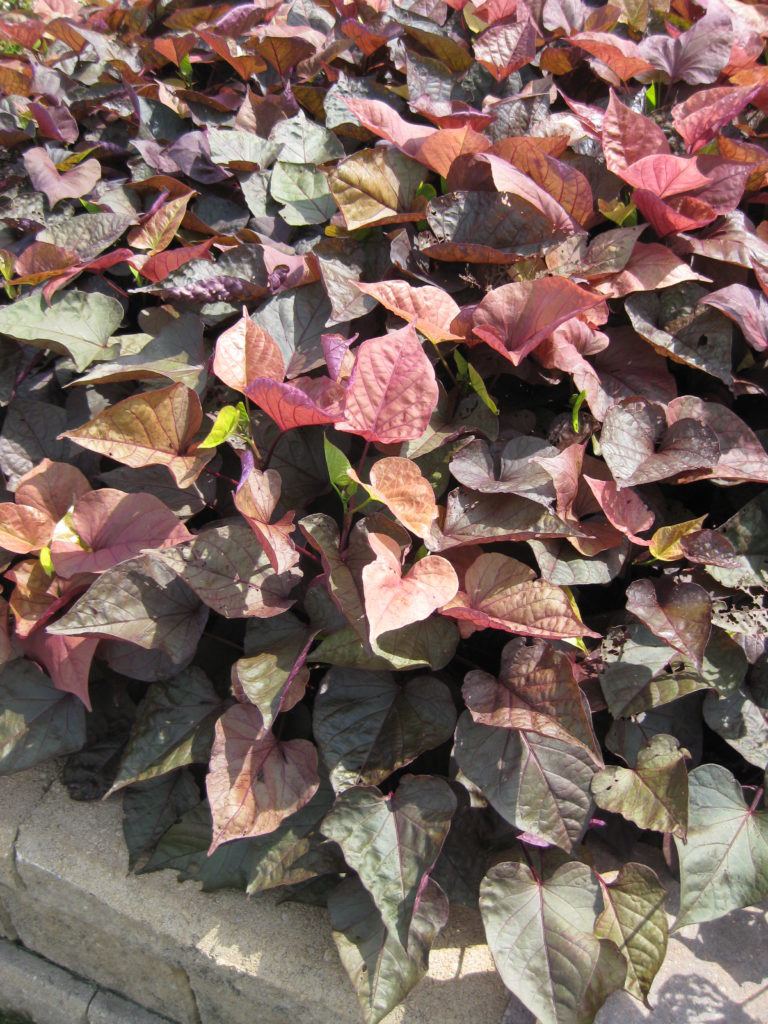
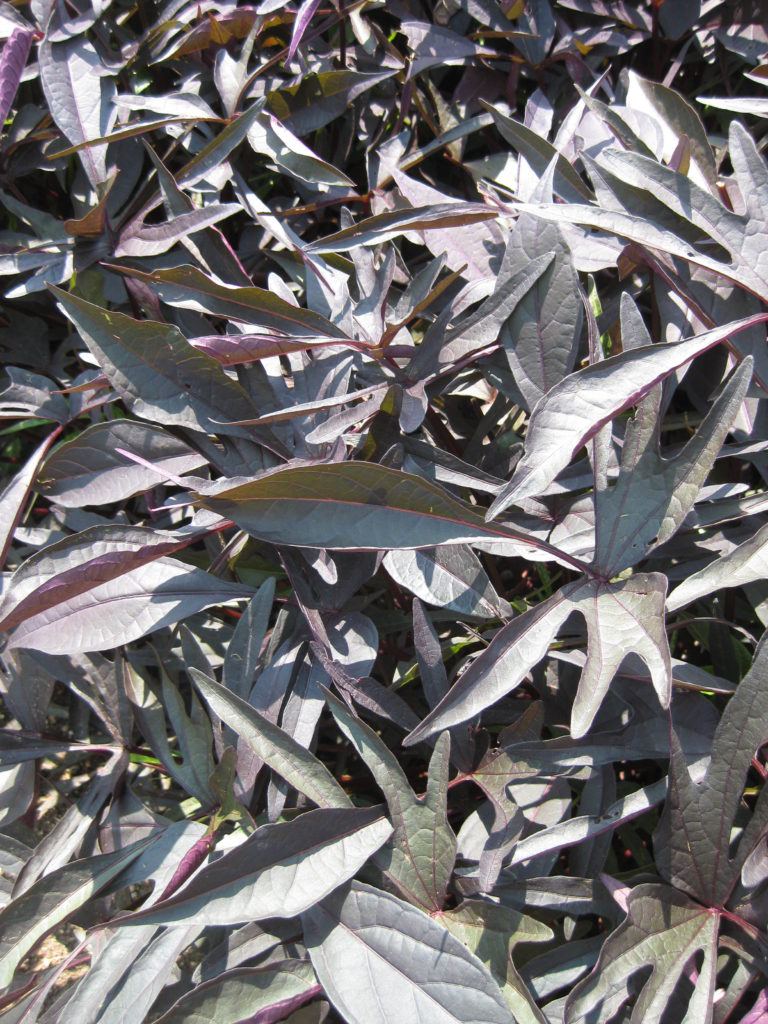
Illusion® Midnight Lace (‘NCORNSP-011MNLC’) – above
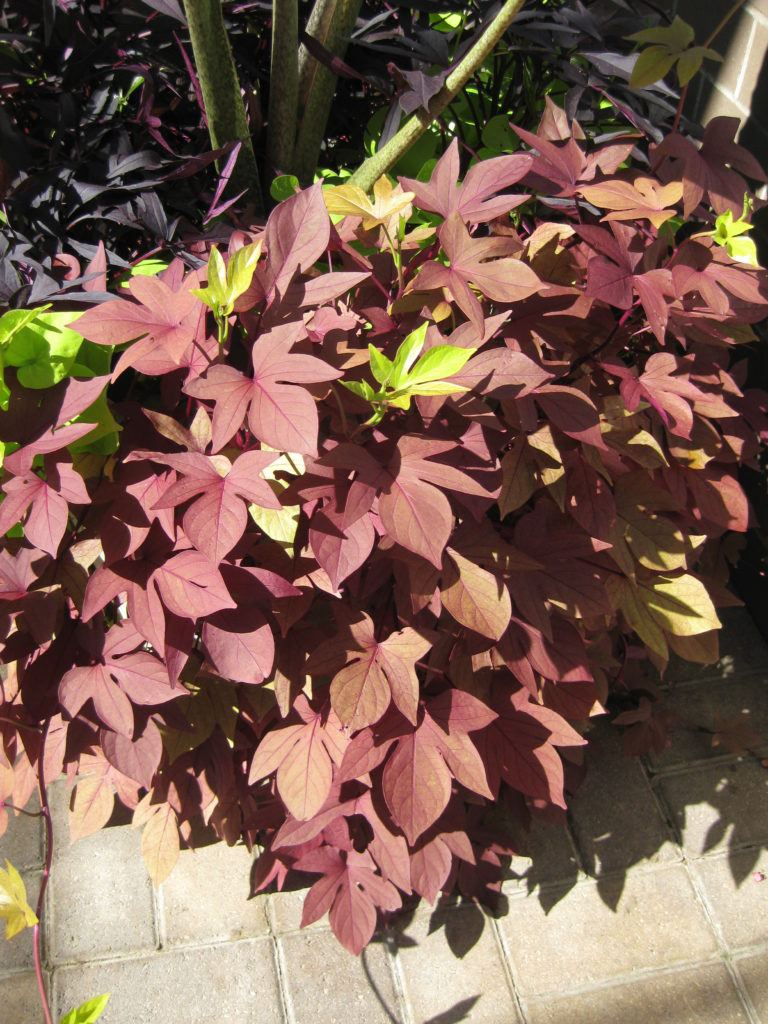
Sweet Caroline™ Red (above)
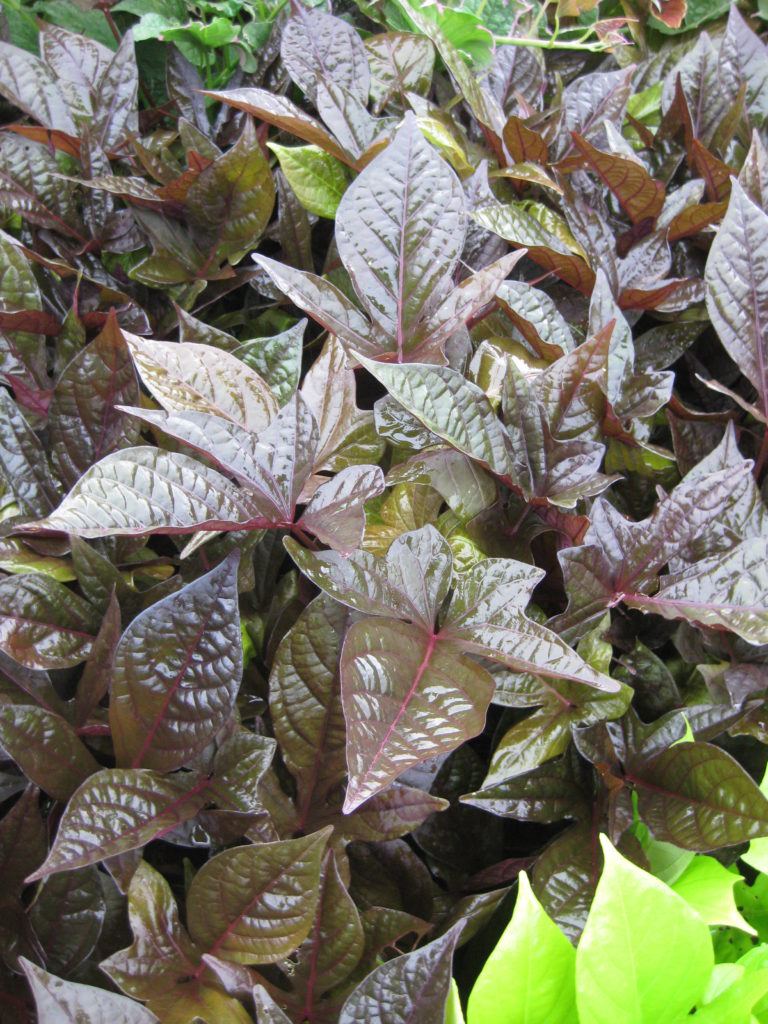
‘Bright Lights Deep Purple’ (above)
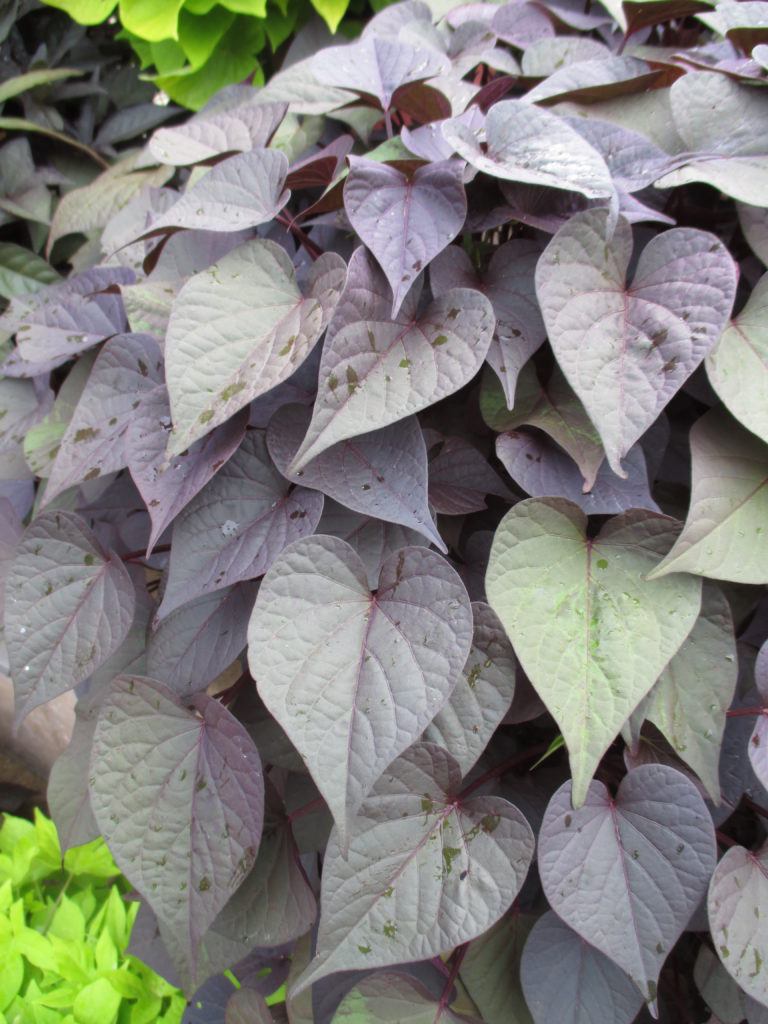
Sidekick™ Black Heart (above)
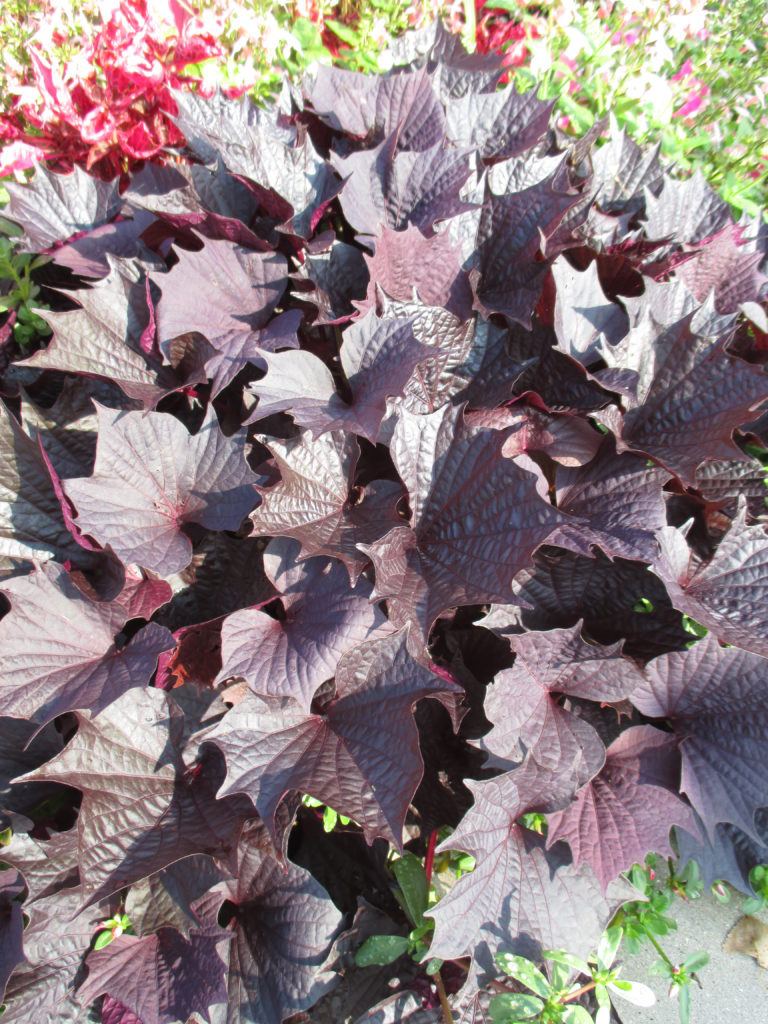
Sweet Caroline Bewitched After Midnight™ (‘NCORNSP-020BWAM’) – above
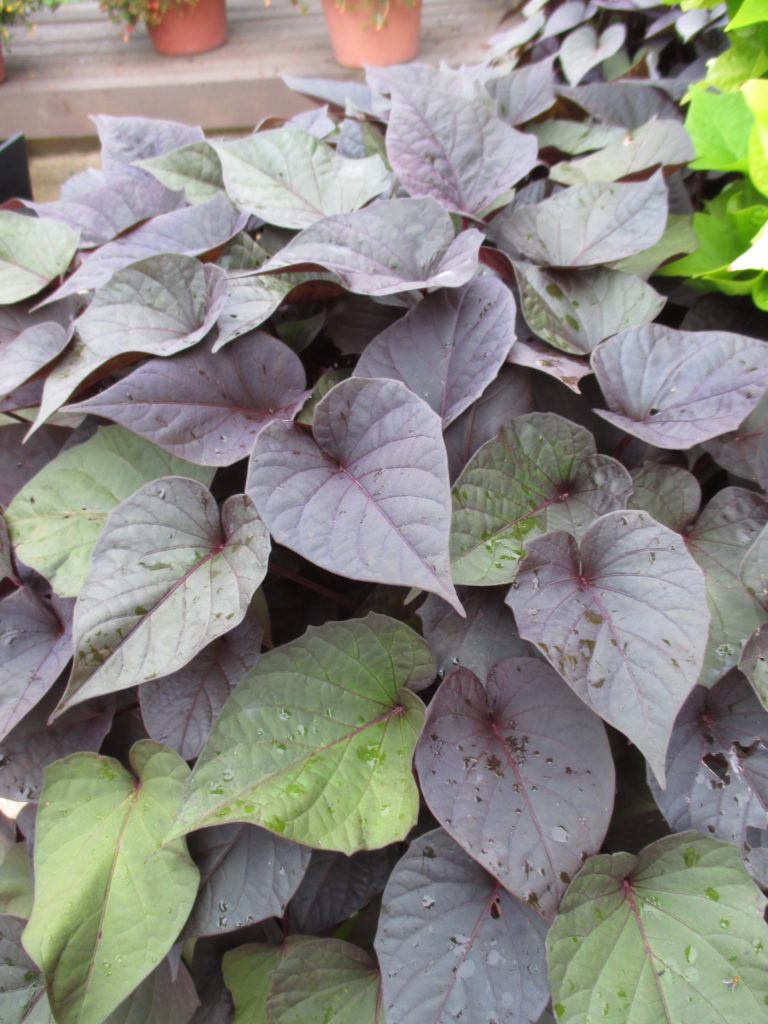
‘Venetian Mask’ (above)
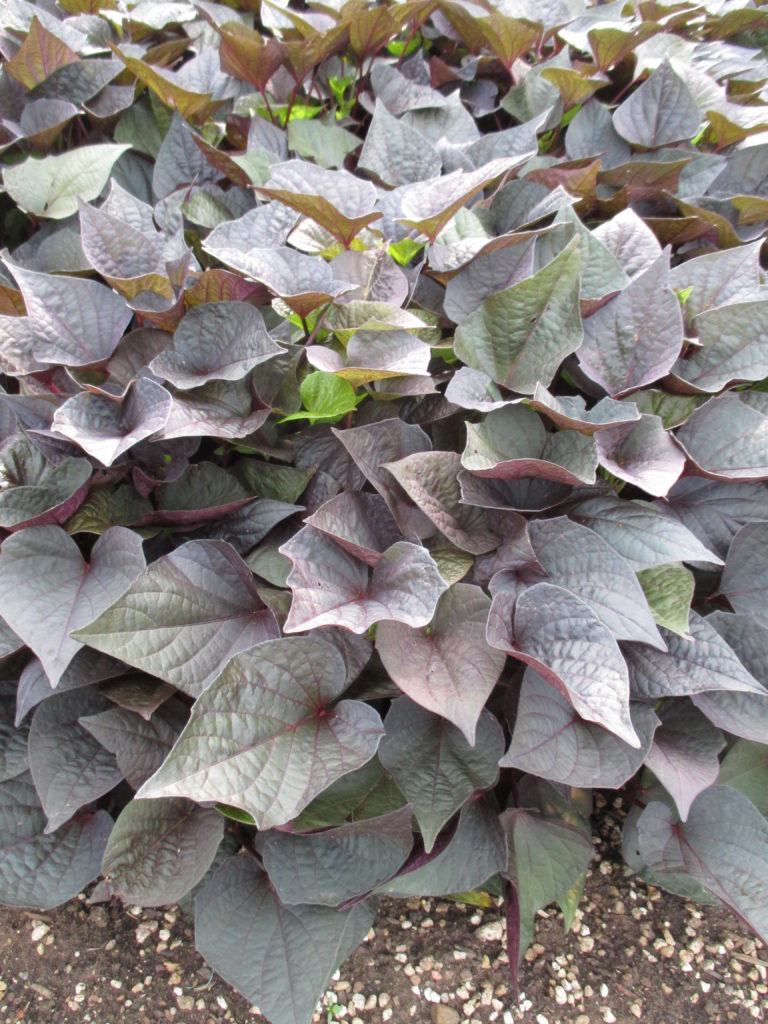
‘FloraMia Cameo’
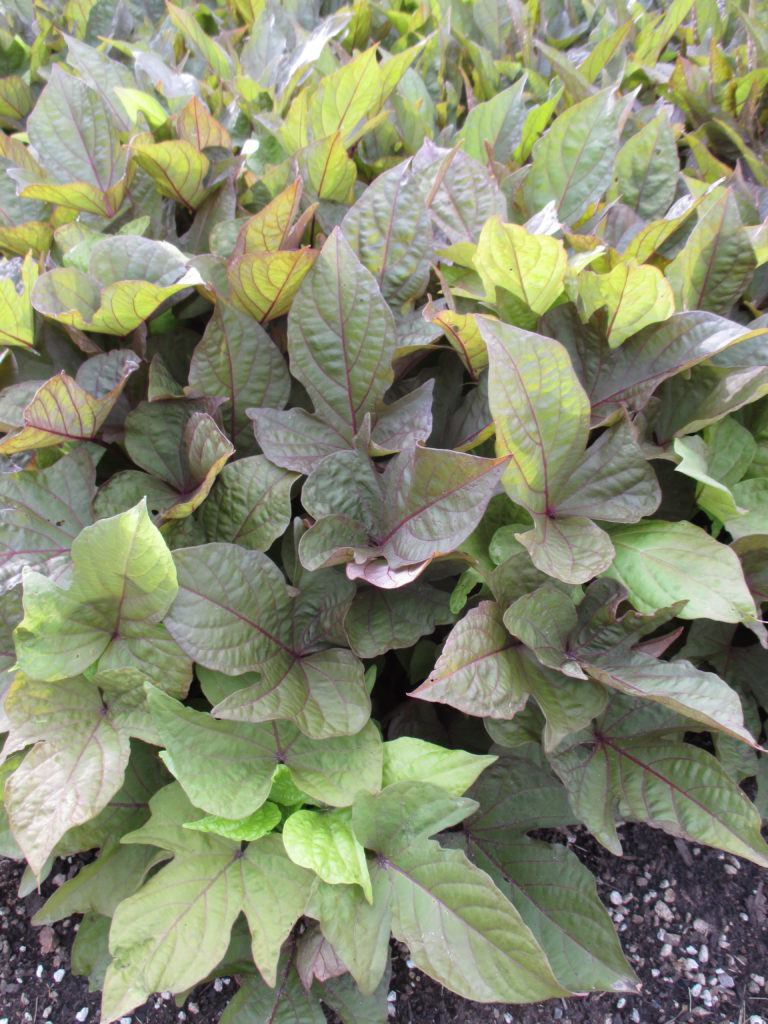
‘FloraMia Nero’ (above)
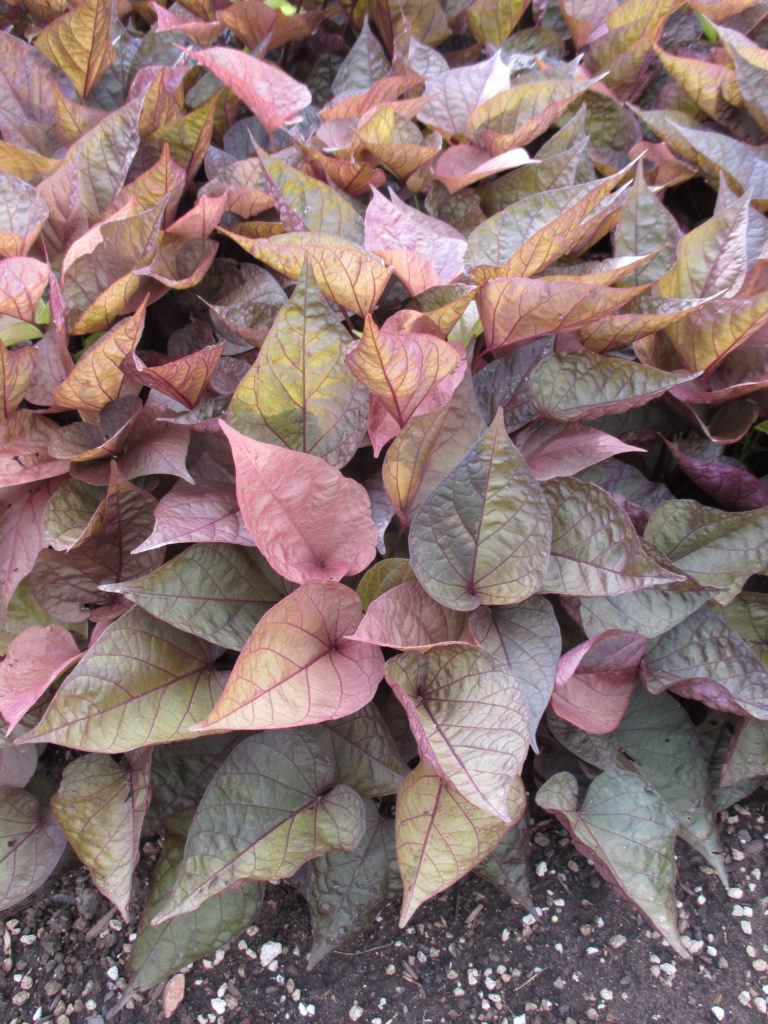
‘FloraMia Rosso’ (above)
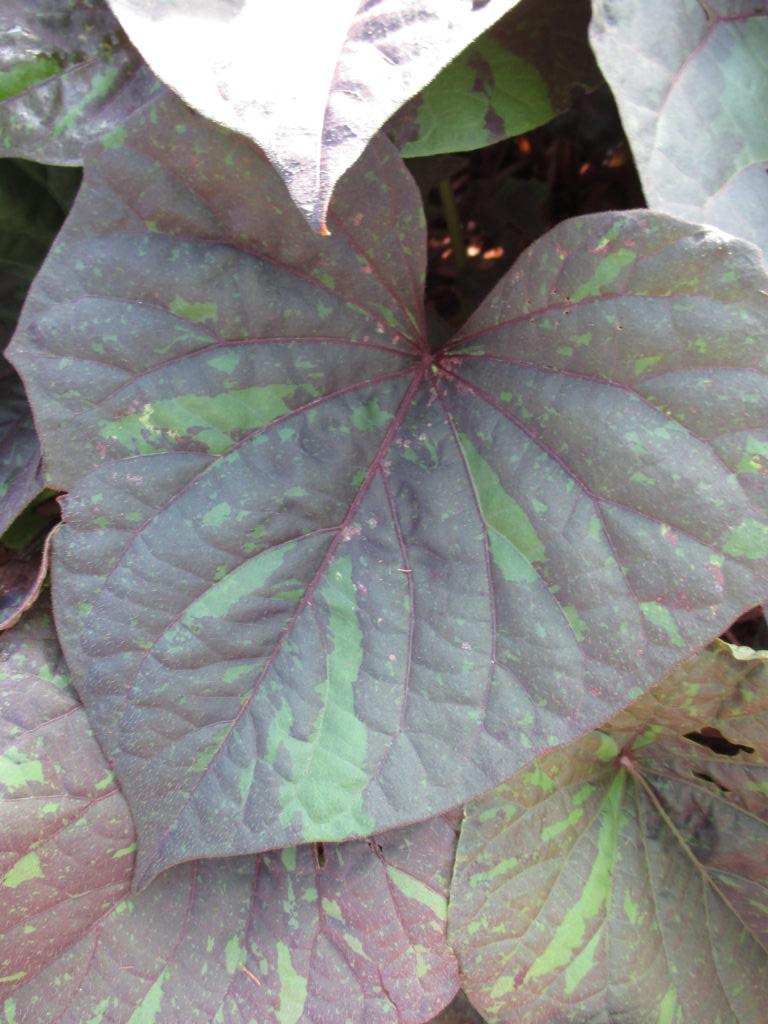
‘Jade Masquerade’ (above)
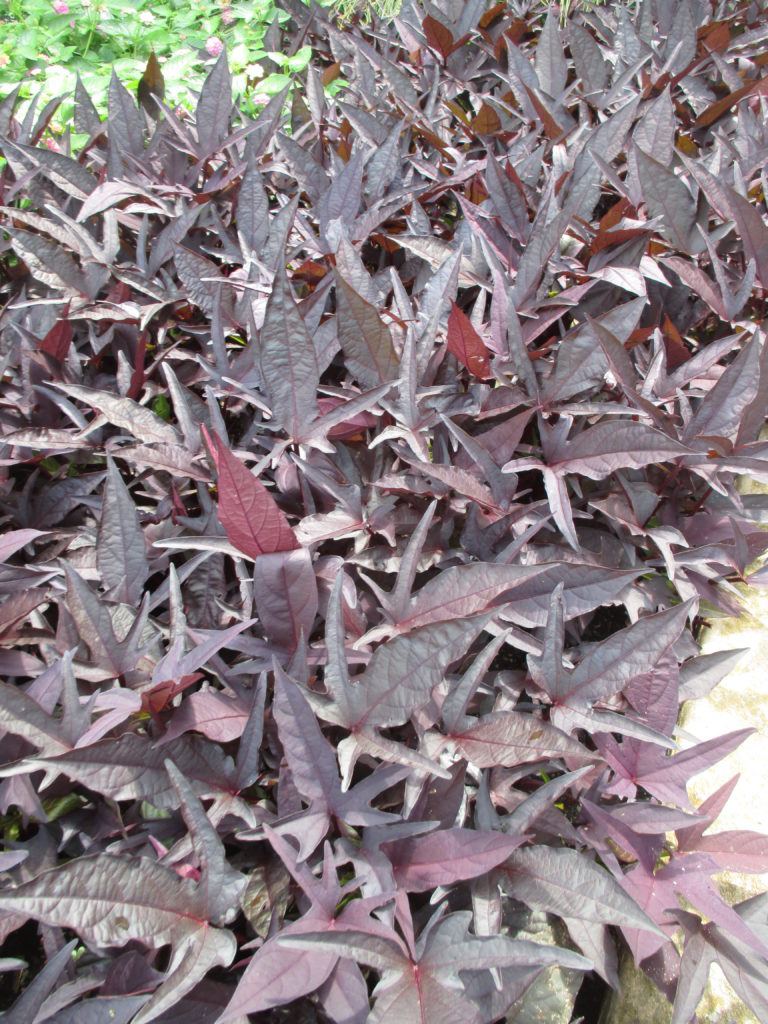
SolarPower™ Black (‘Balsolablim’) – above and below
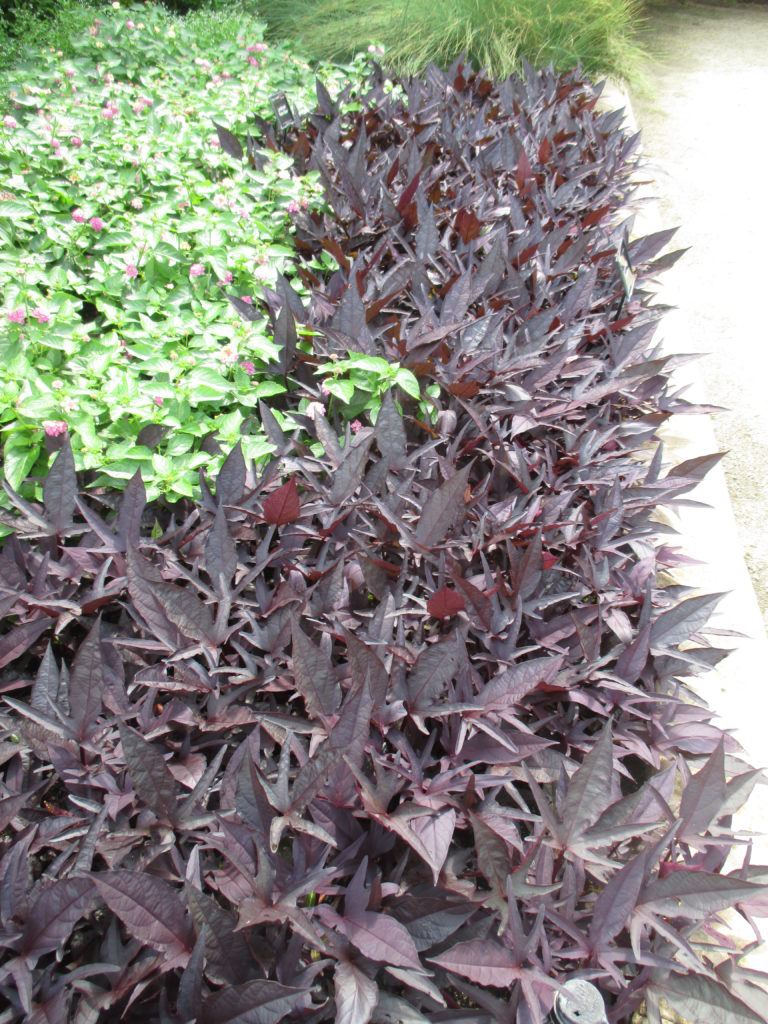
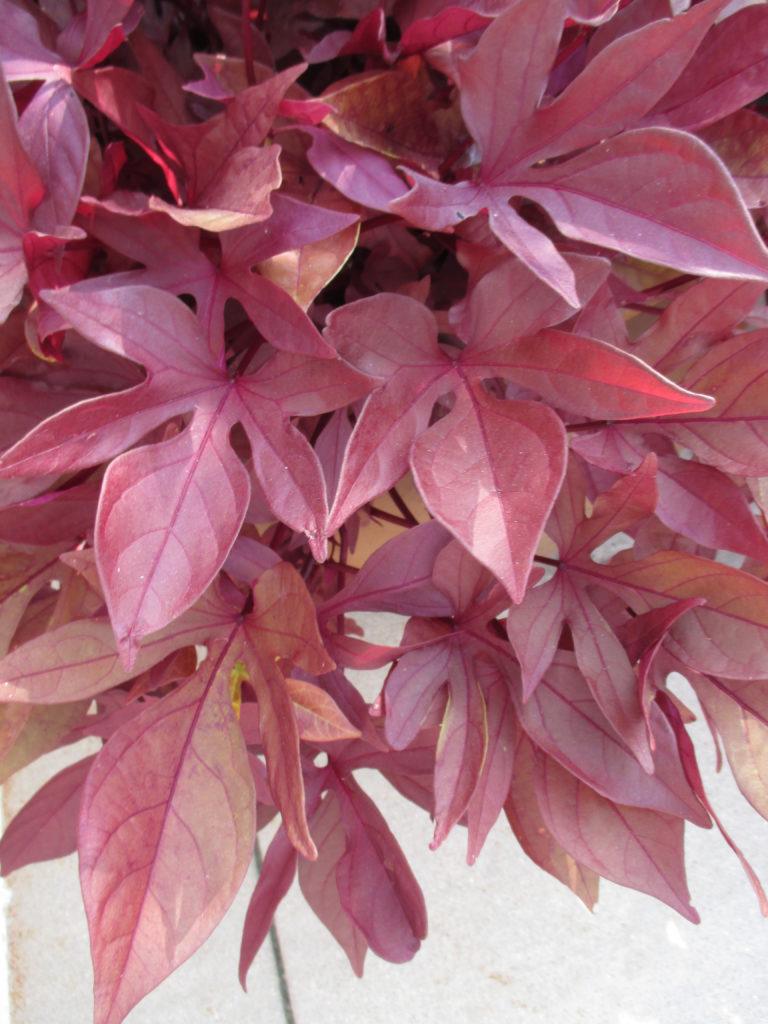
SolarPower™ Red (‘Balsolared’) – above
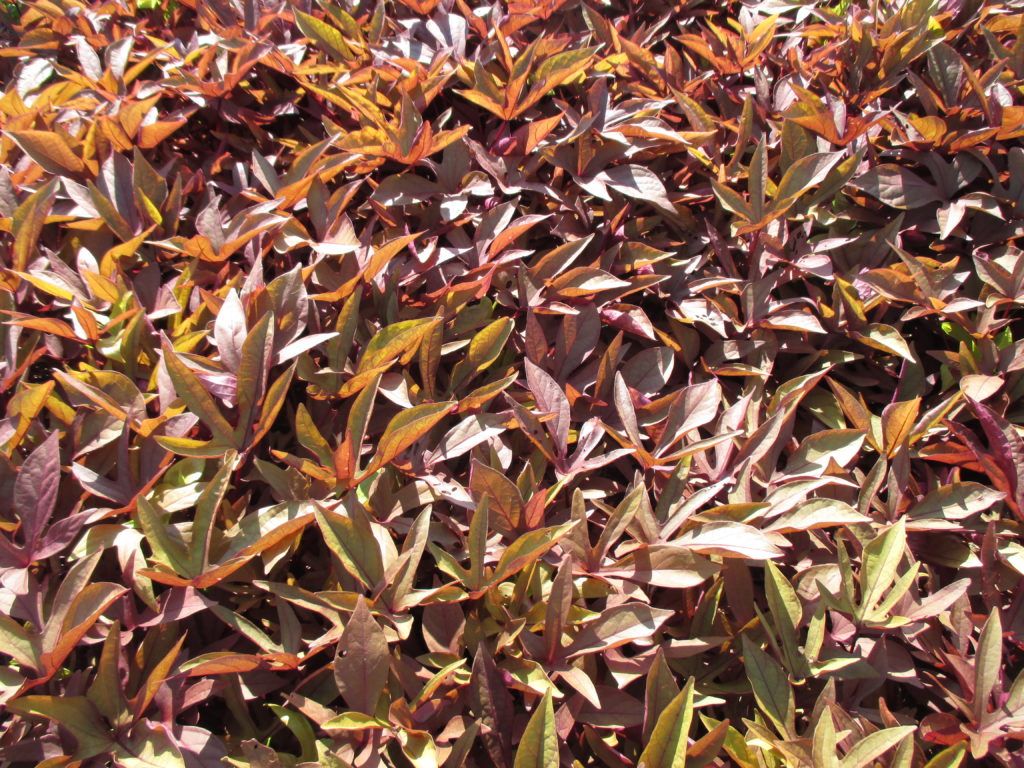
South of the Border™ Refried Beans (above)
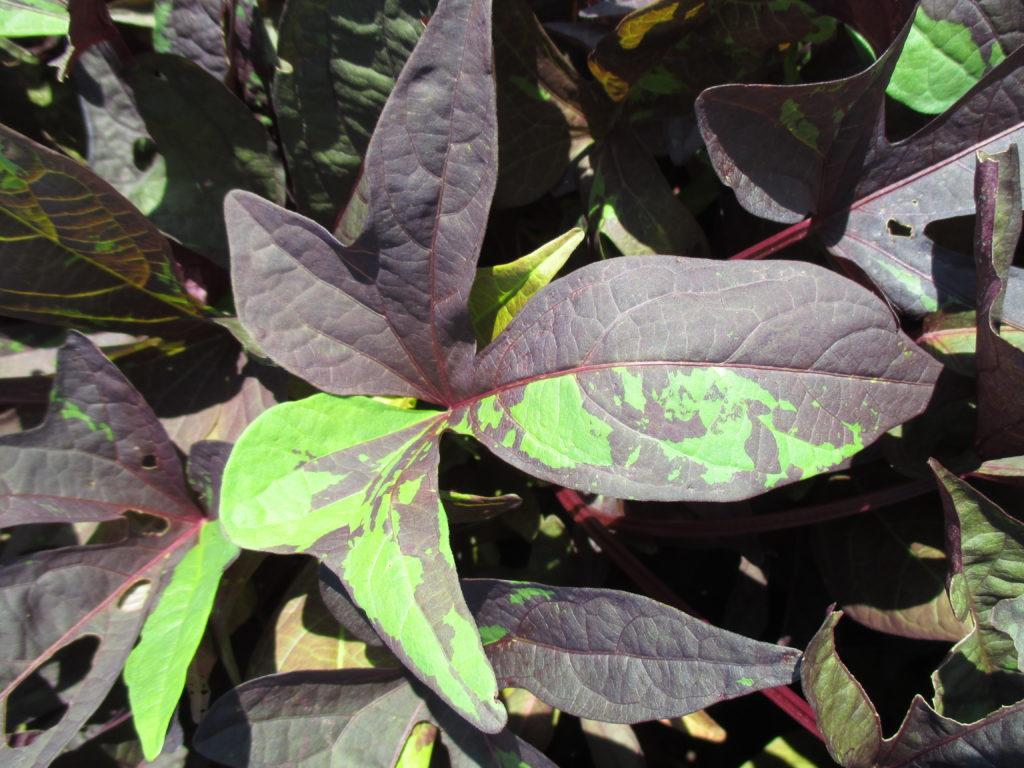
Sweet Georgia® ‘Bullfrog’ (above)
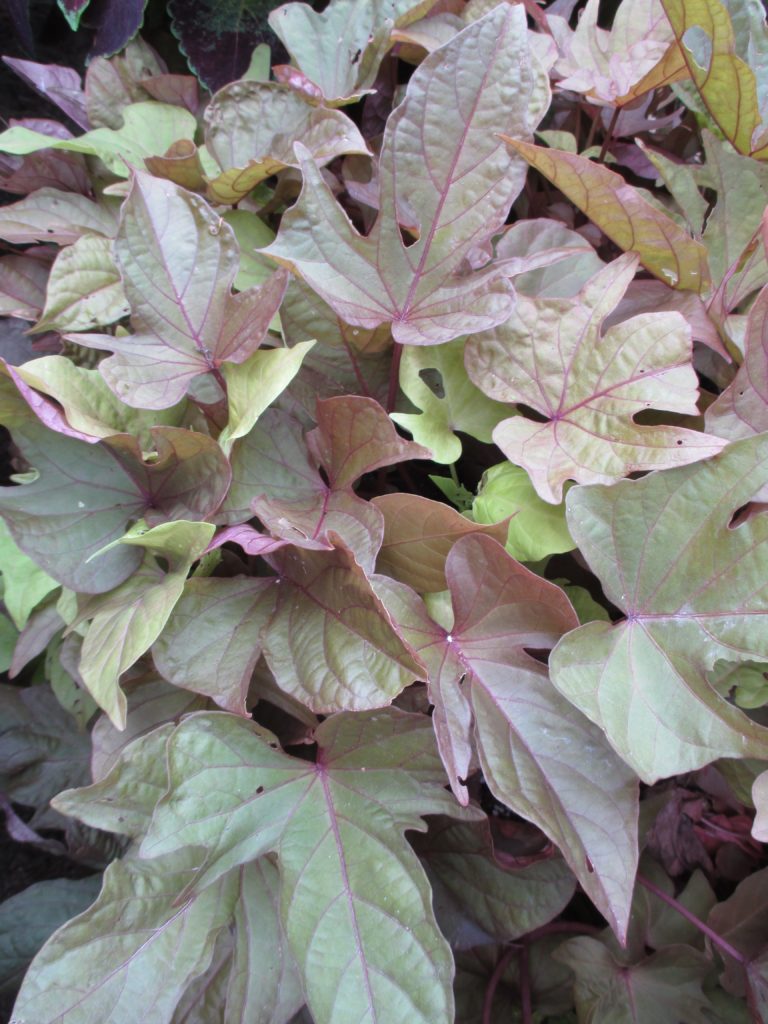
‘FloraMia Verdino’ (above)
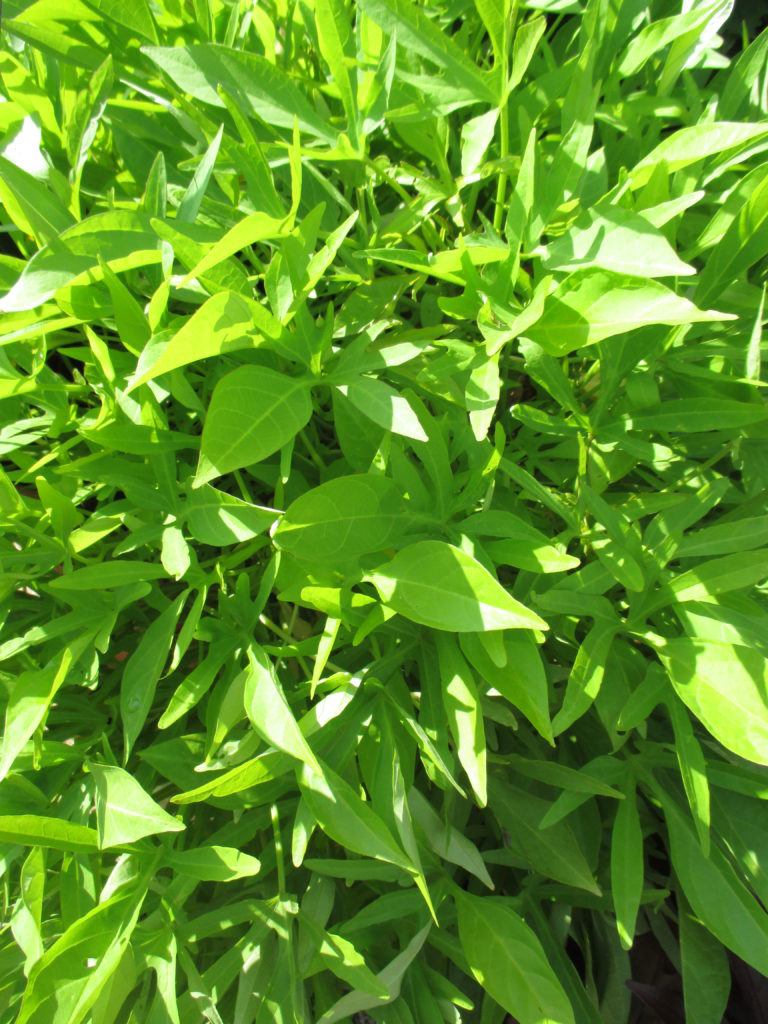
SolarPower™ Lime (‘Balsolalimli’) – above
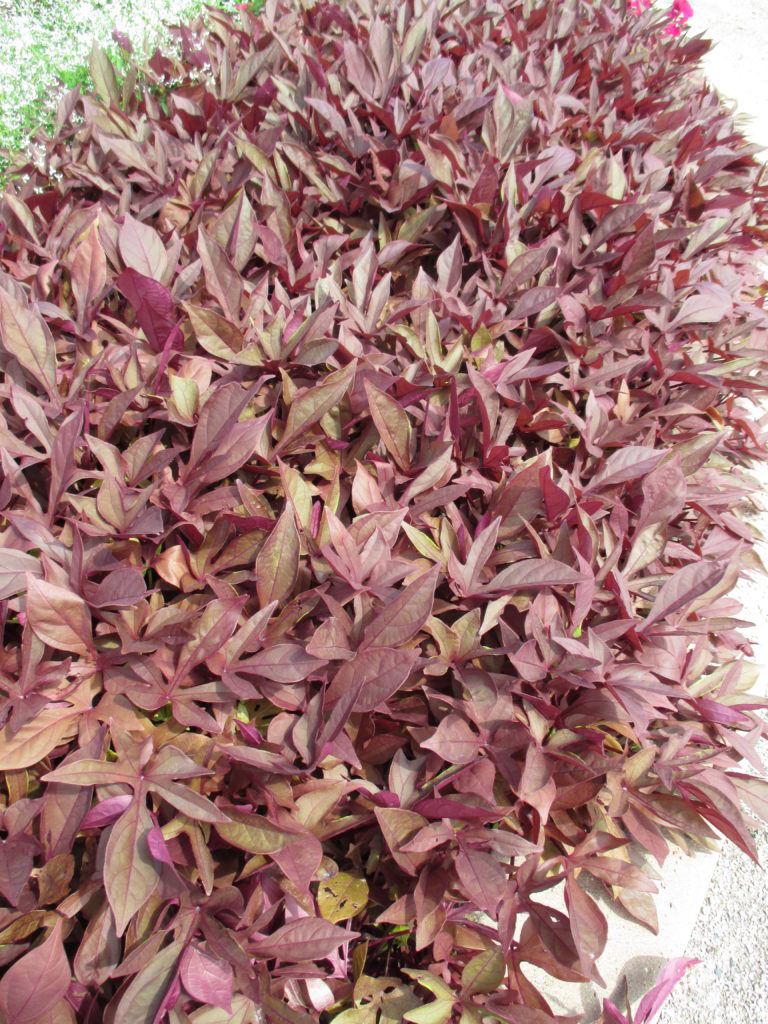
SolarPower™ Red (‘Balsolared’) – above and three directly below
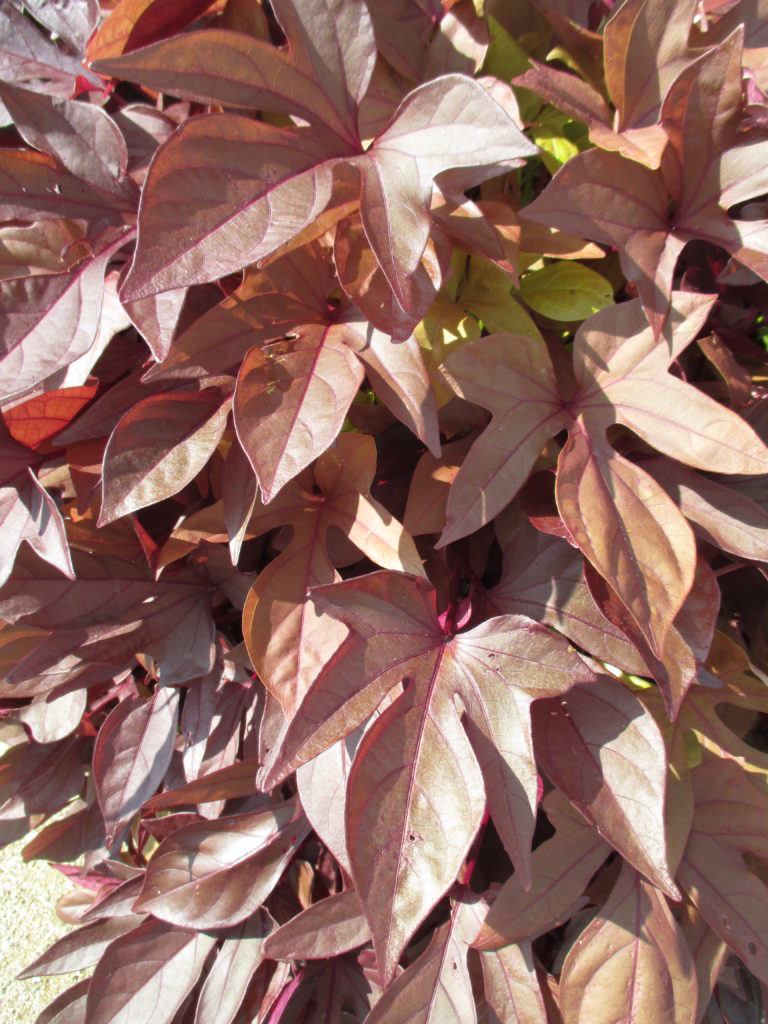
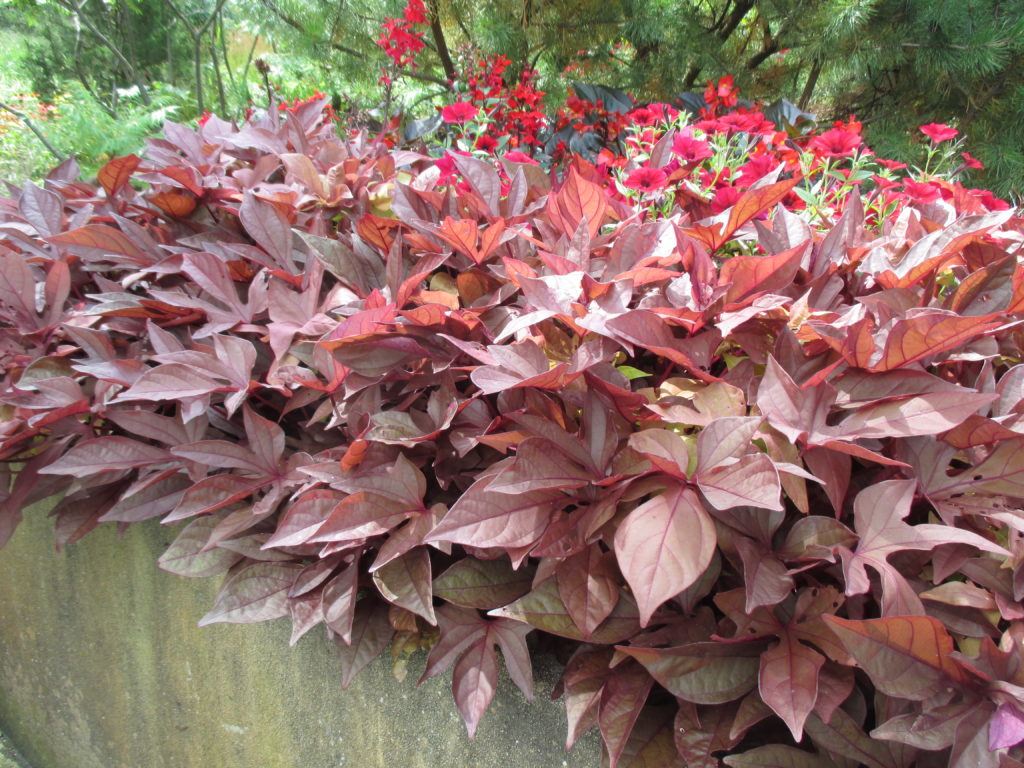
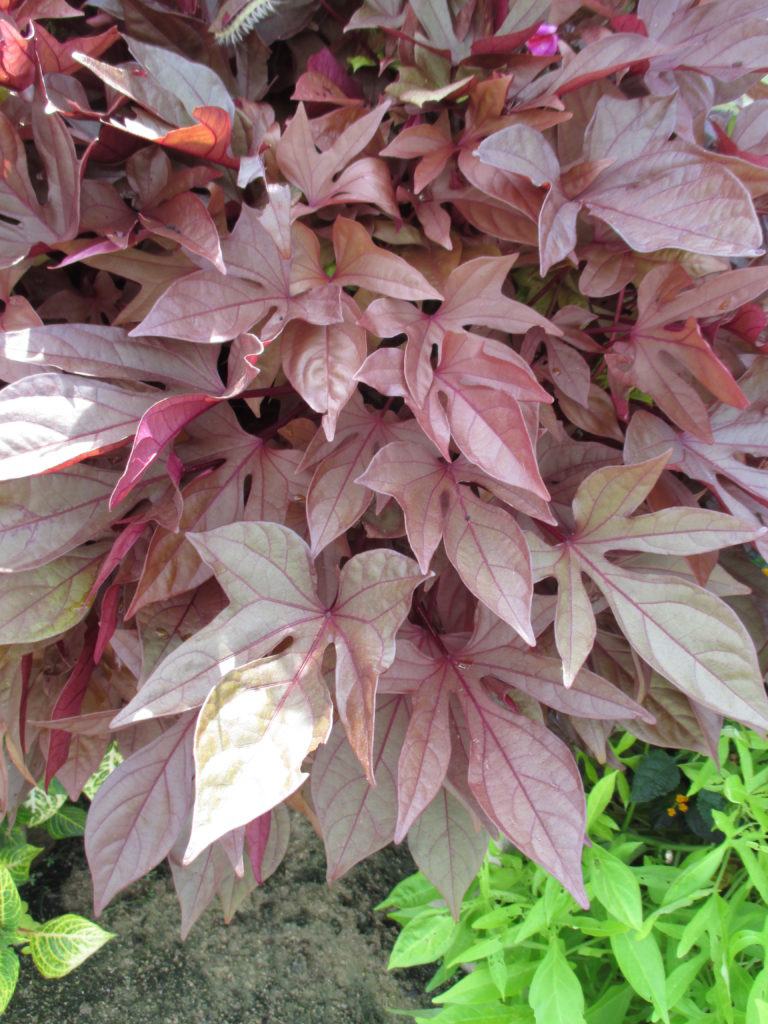
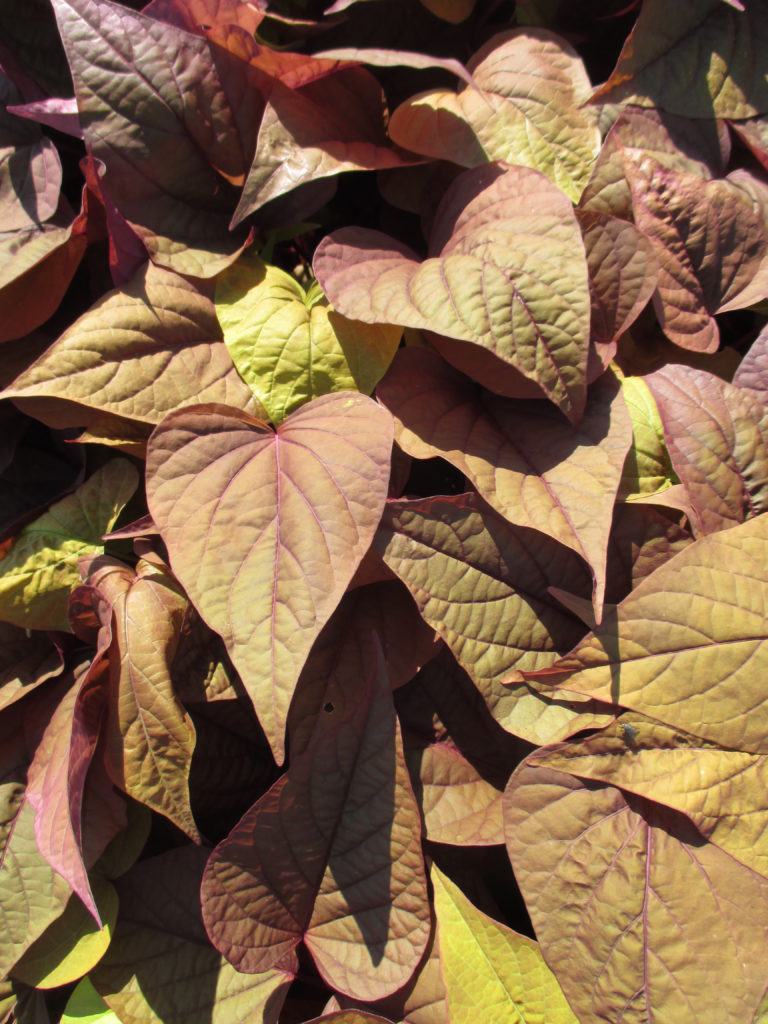
Sweet Georgia® ‘Red Heart’ (above)
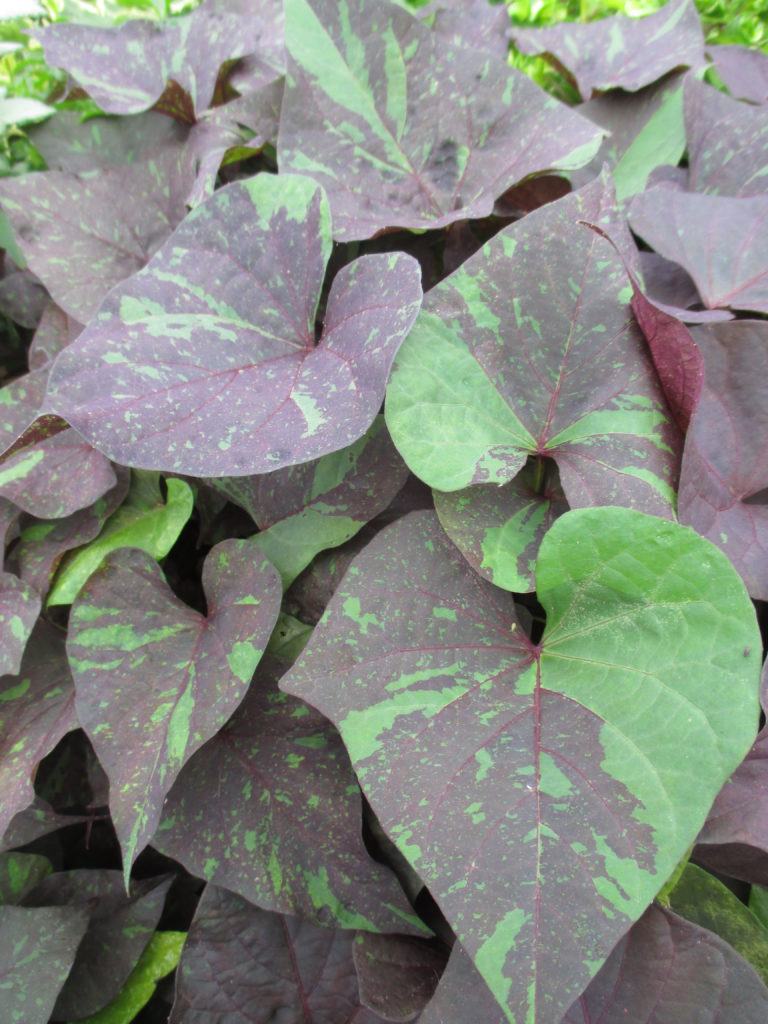
‘Kelly Ray’ (above)
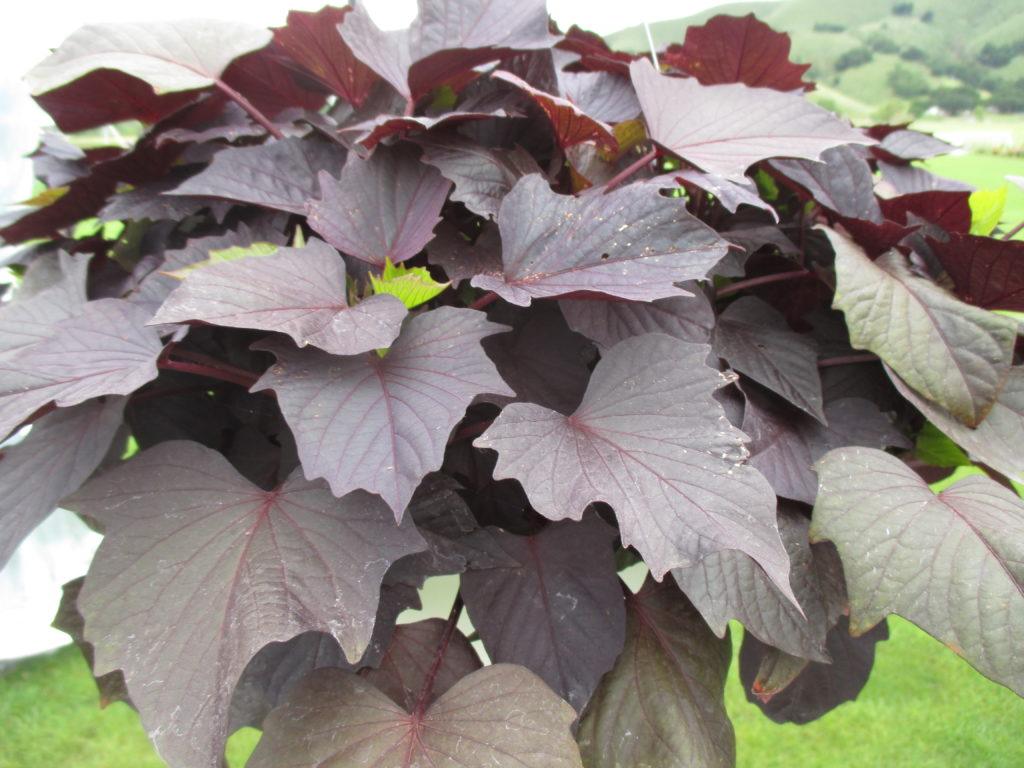
Sweet Caroline Bewitched After Midnight™ (‘NCORNSP-020BWAM’) – above in basket
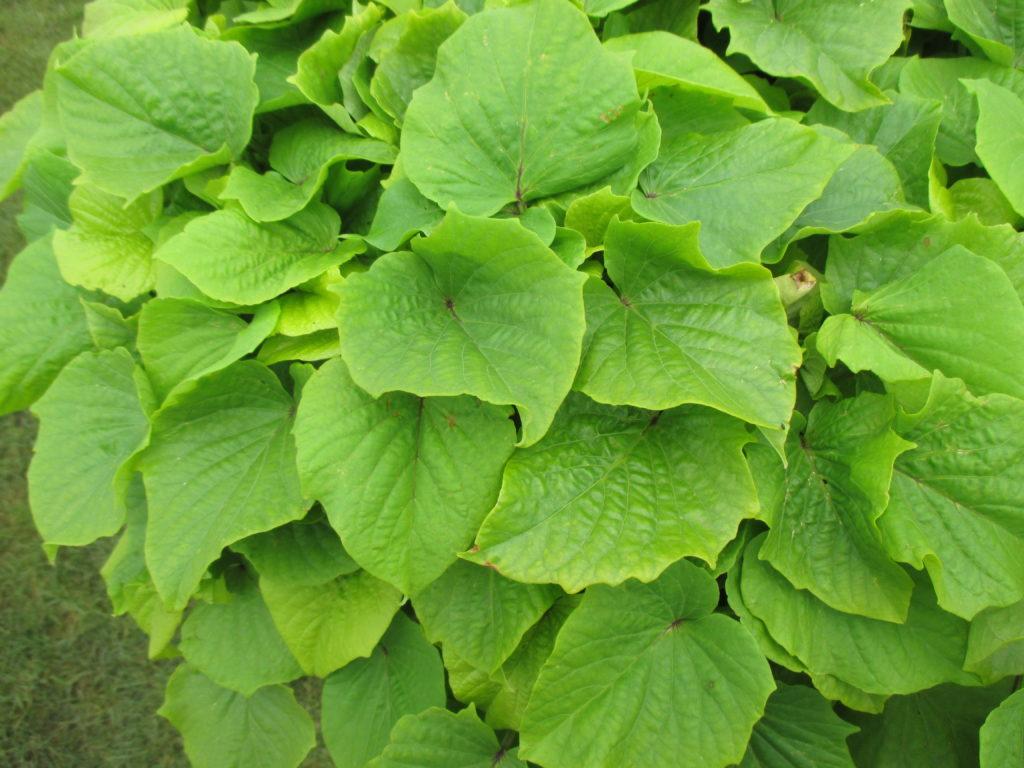
Sweet Caroline™ Bewitched Green with Envy (‘NCORNSP-020BWGWE’) – above
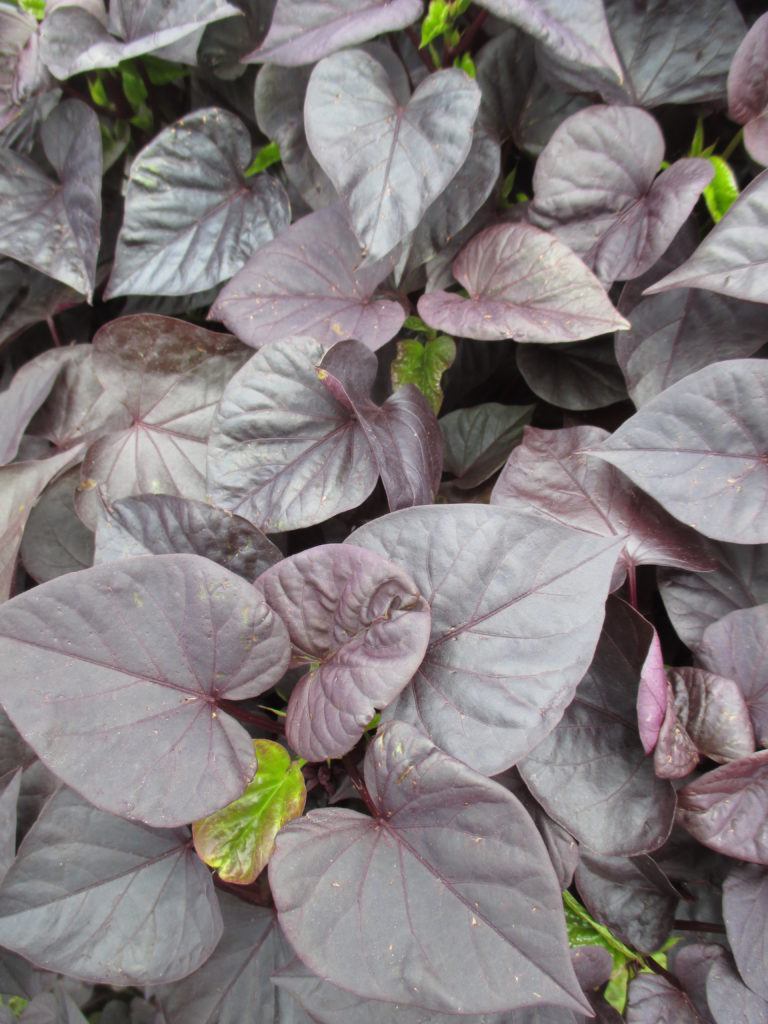
Sweet Caroline™ Sweetheart Jet Black (‘NCORNSP-021SHJB’) – above
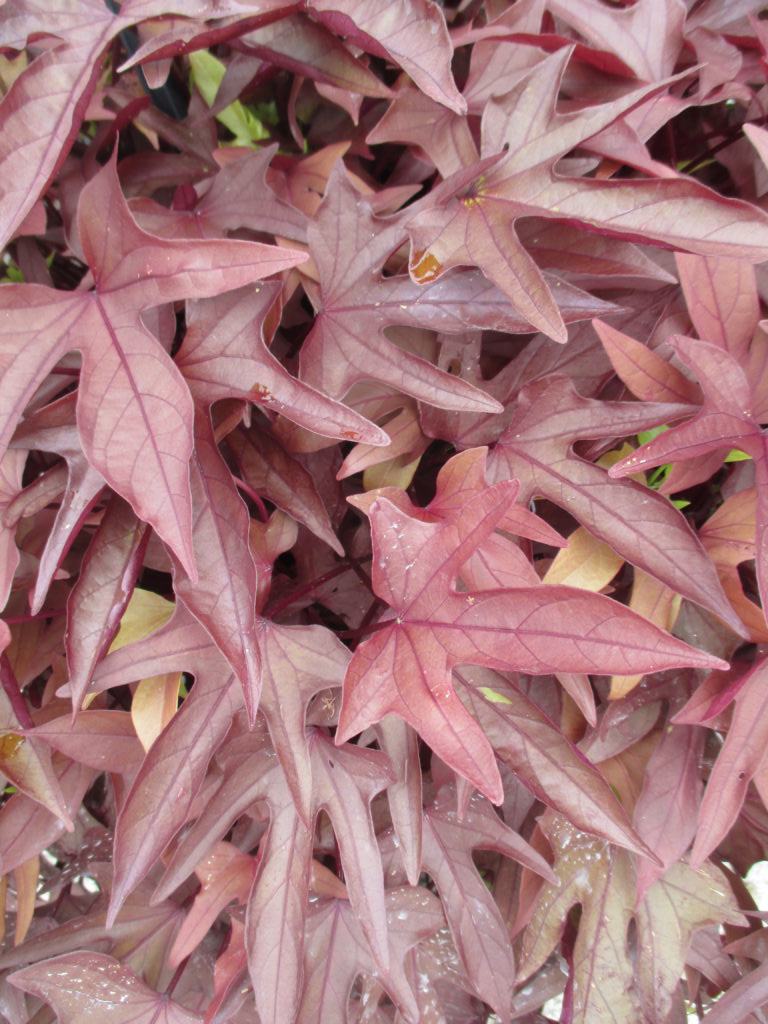
Spotlight™ Red (‘Balspotred’) – above and below
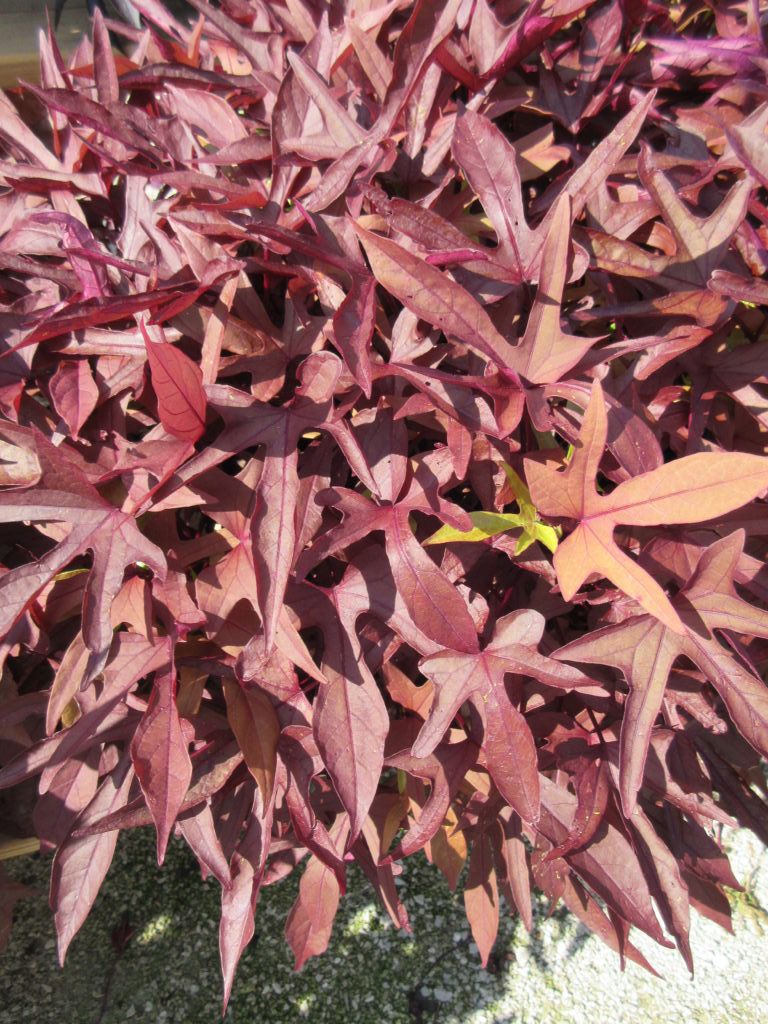
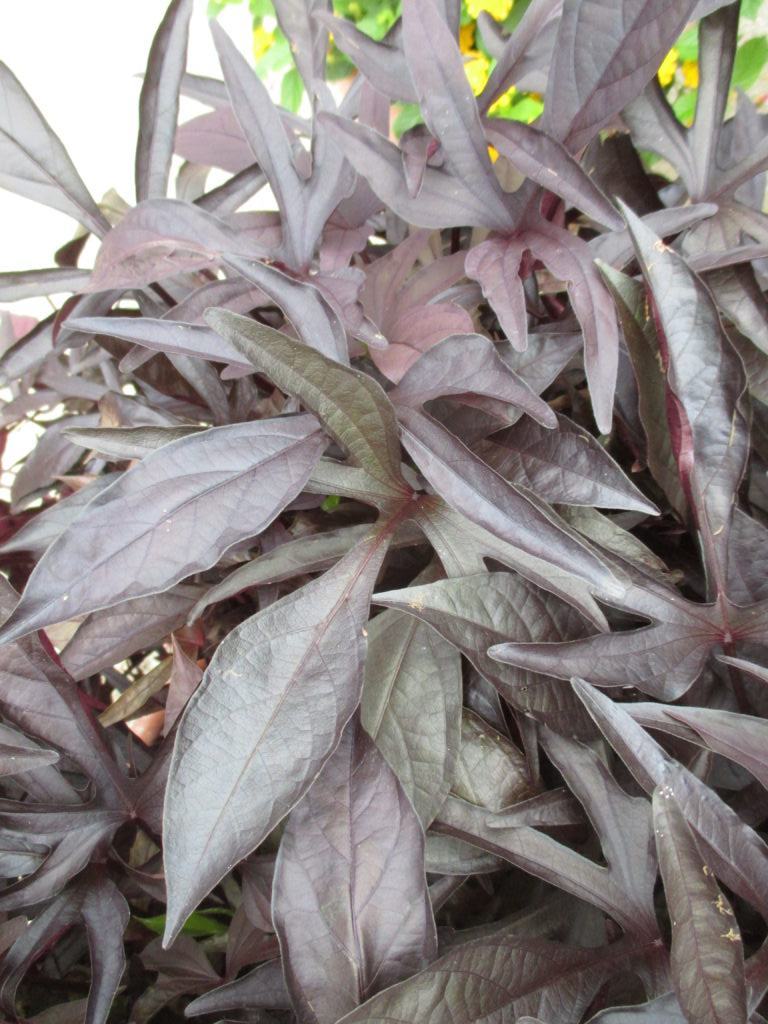
Spotlight™ Black (‘Balspotack’) – above
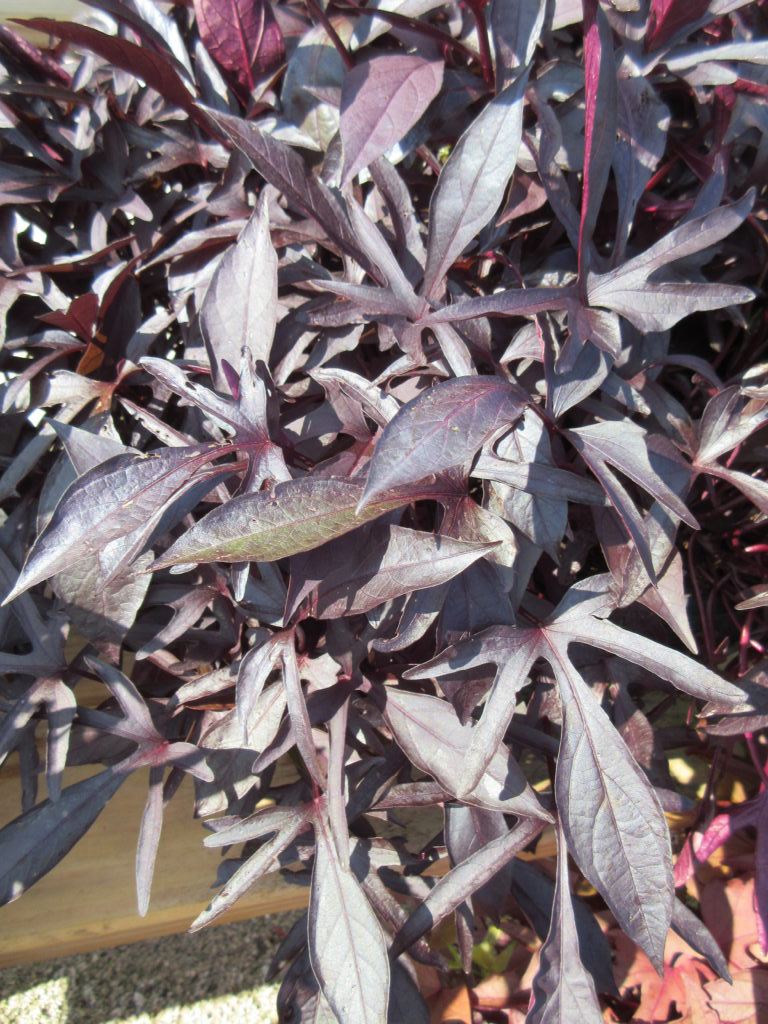
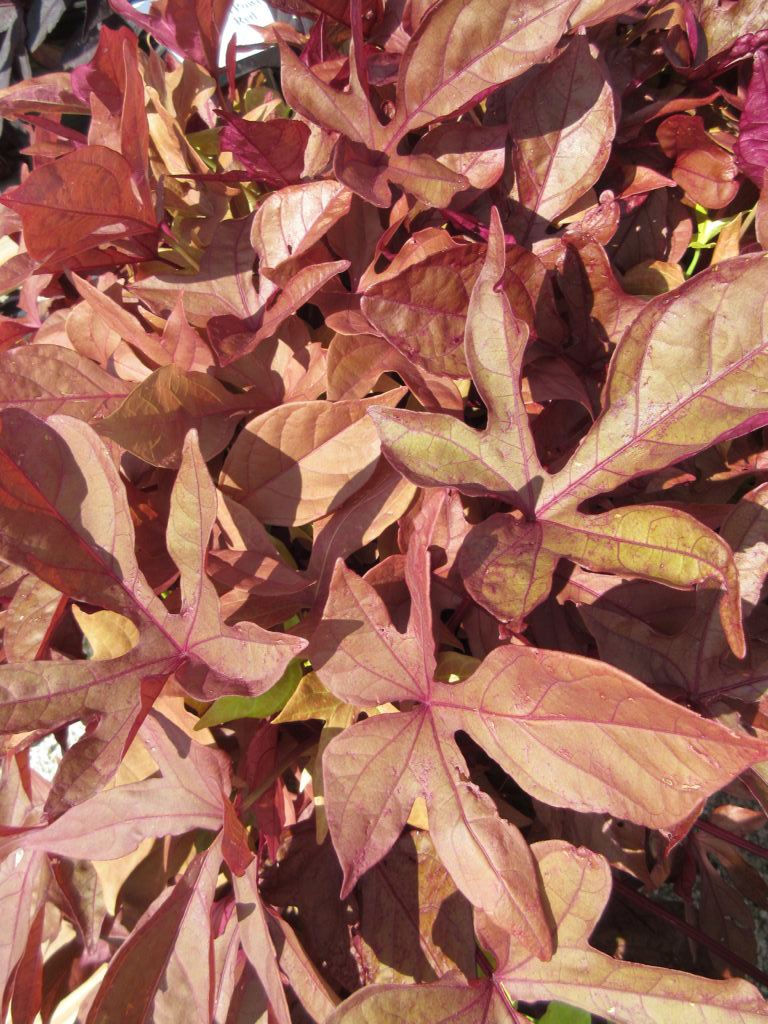
SolarPower™ Red (‘Balsolared’) – above
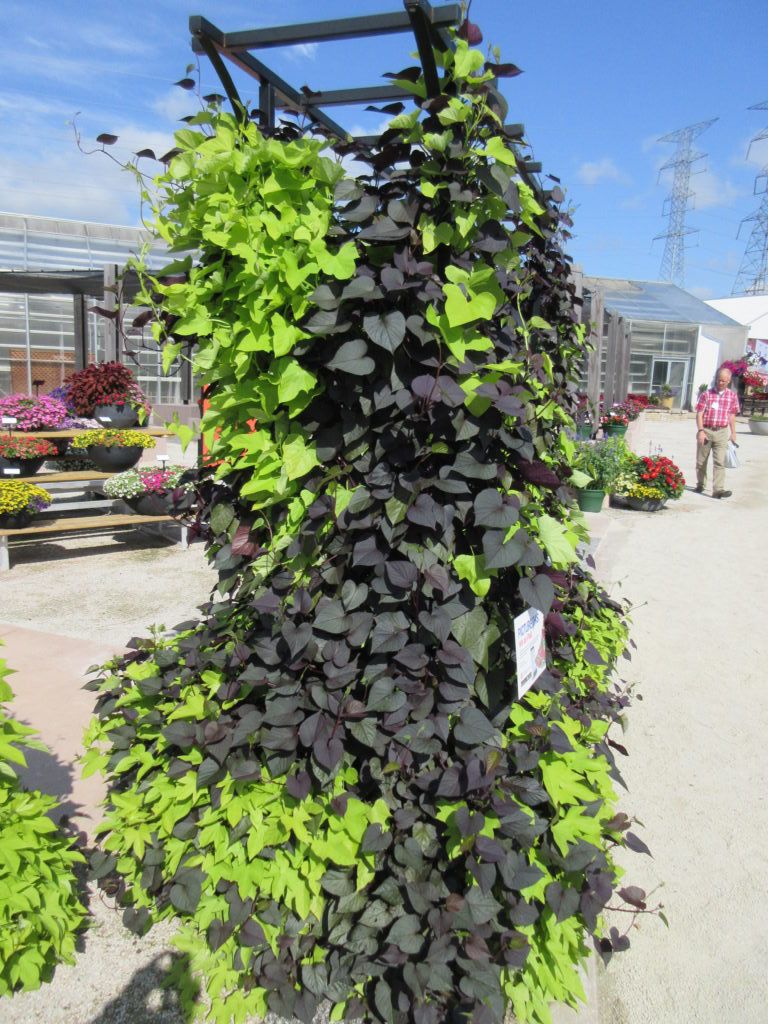
SolarTower™ Black (‘Balsotowac’) and SolarTower™ Lime (‘Balsotowime’) – above and below
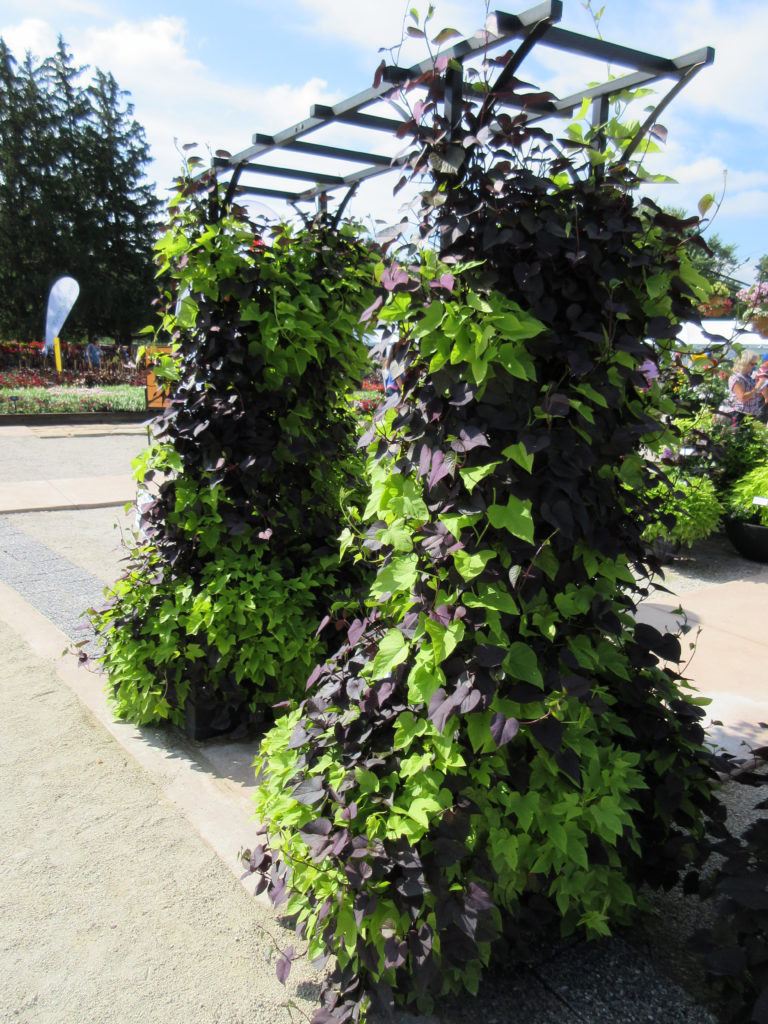
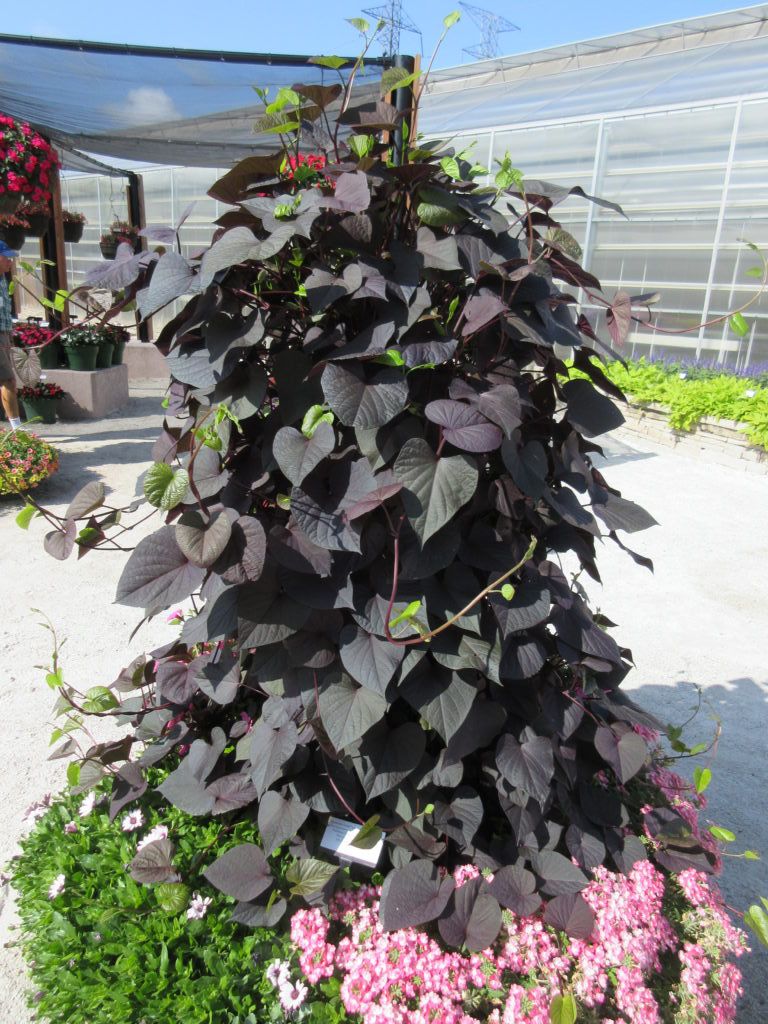
SolarTower™ Black (‘Balsotowac’) – above
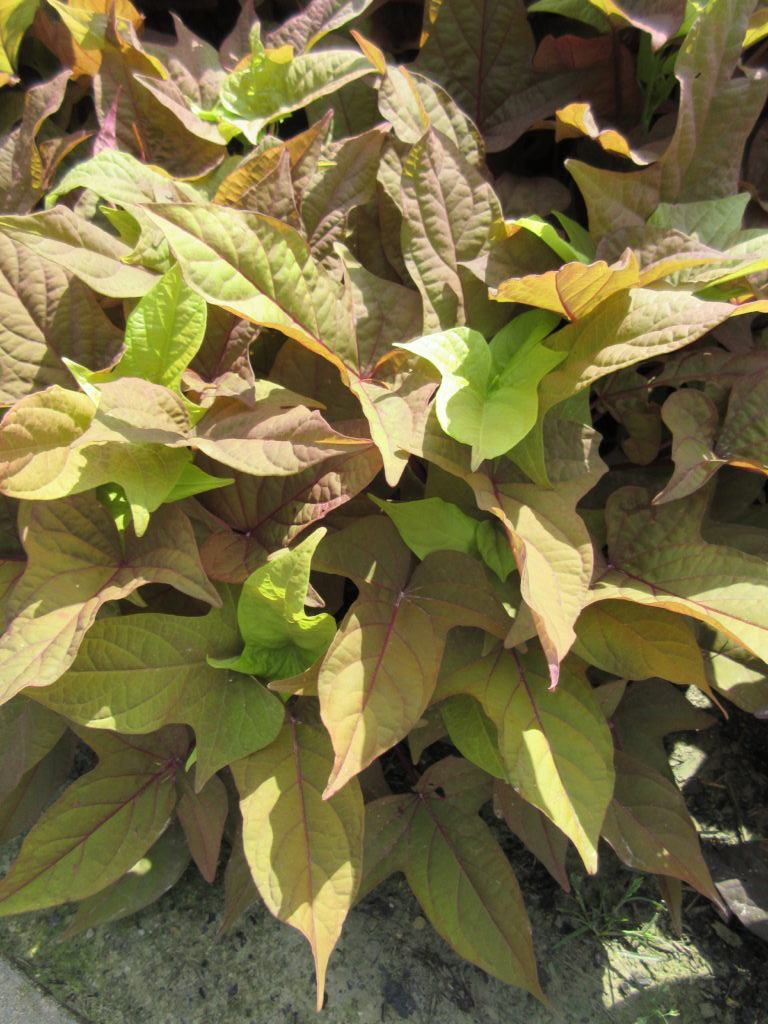
‘Success Bronze’
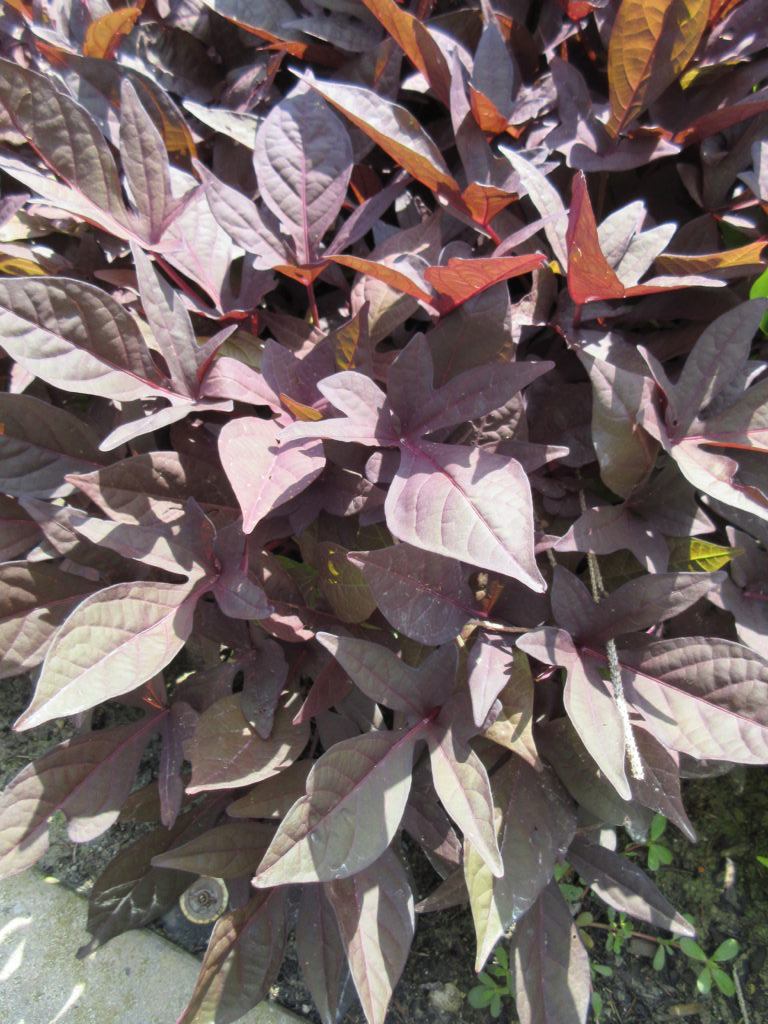
‘Success Deep Purple’
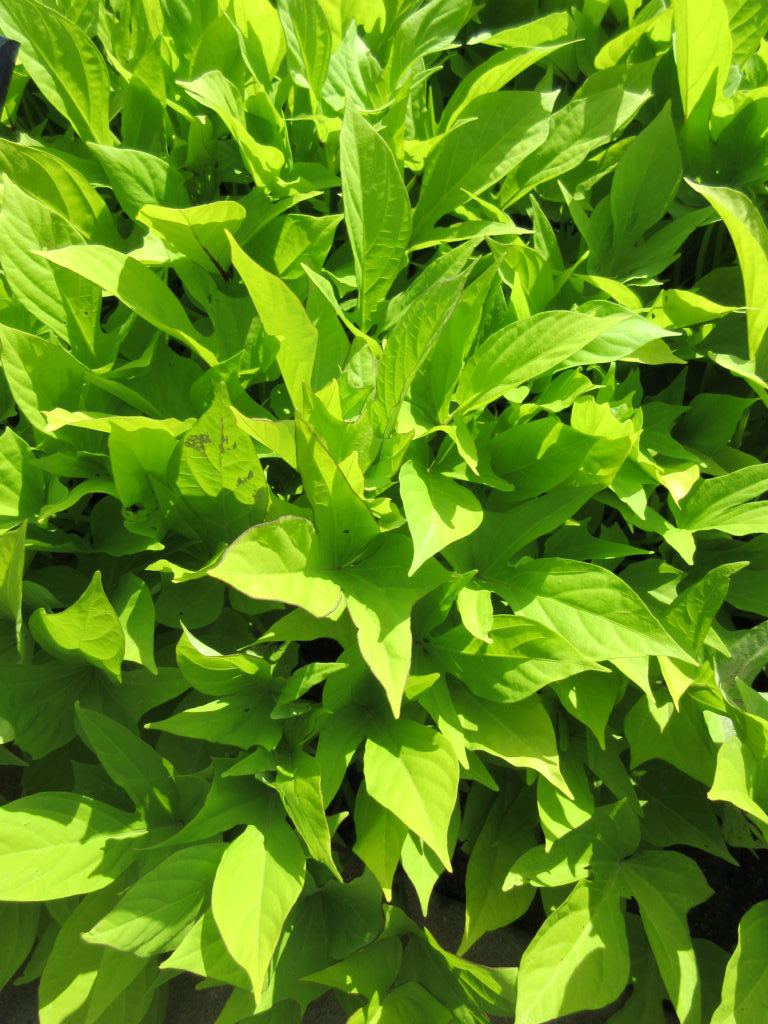
‘Success Green Light’ (above)
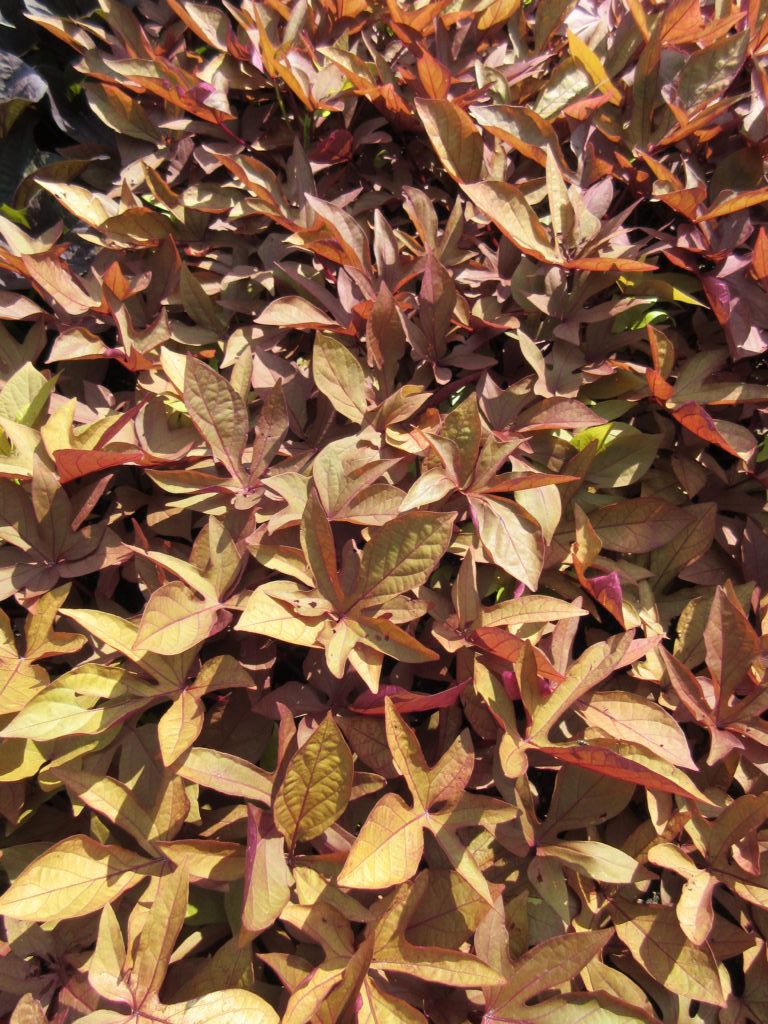
un-named bronze cultivar (2018)
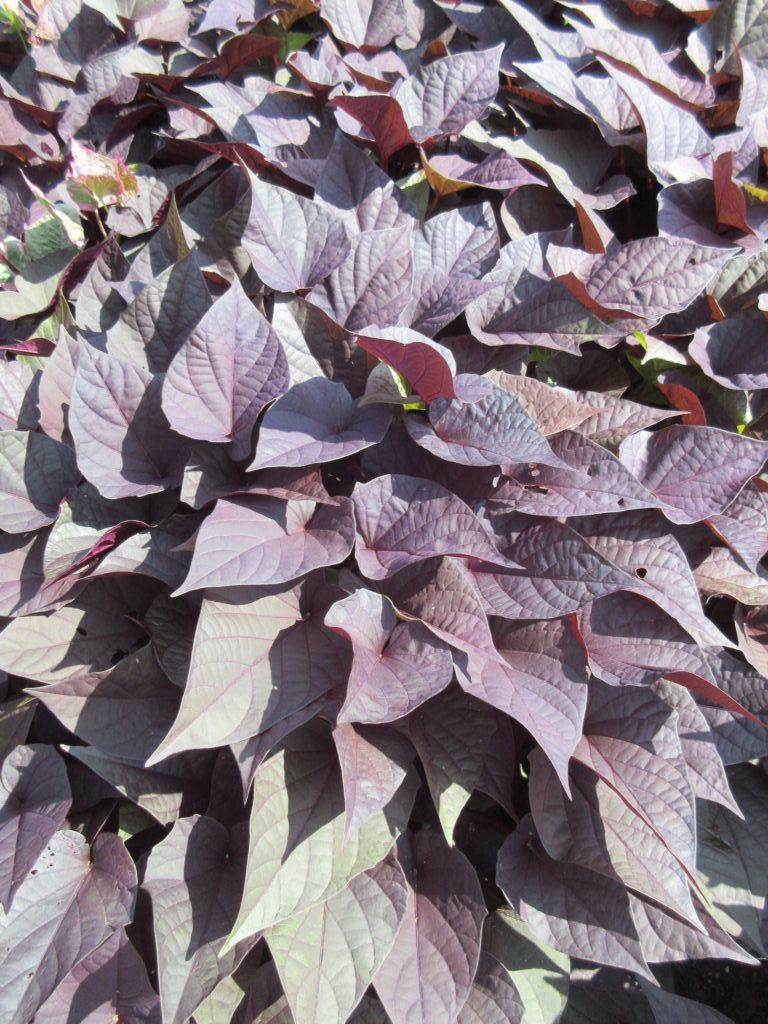
‘Venetian Mask’ (above)
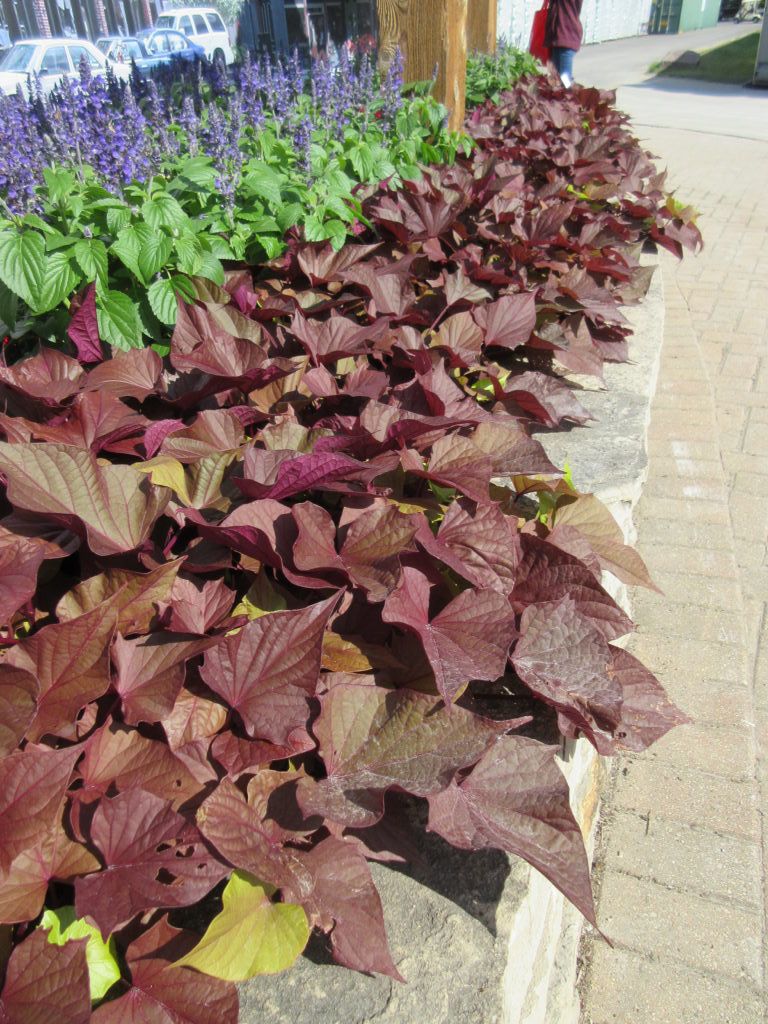
SolarPower™ Red Heart (‘Balsolaredar’) – above
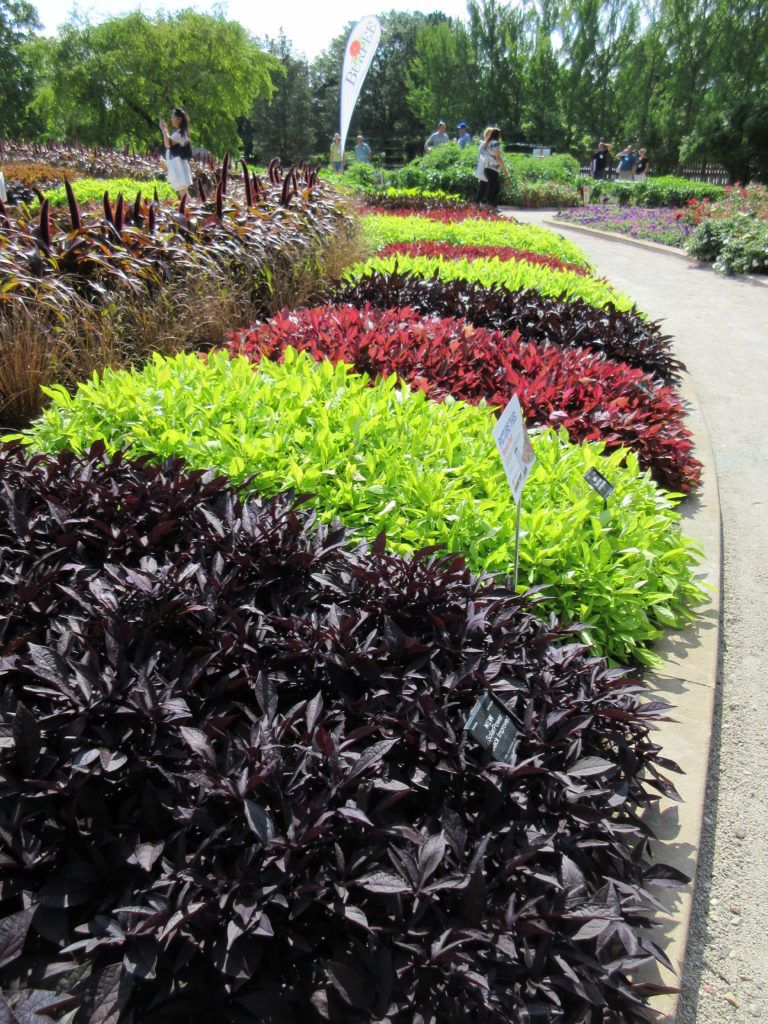
a colorful assortment at The Gardens at Ball (West Chicago, Illinois, USA) – above and below
